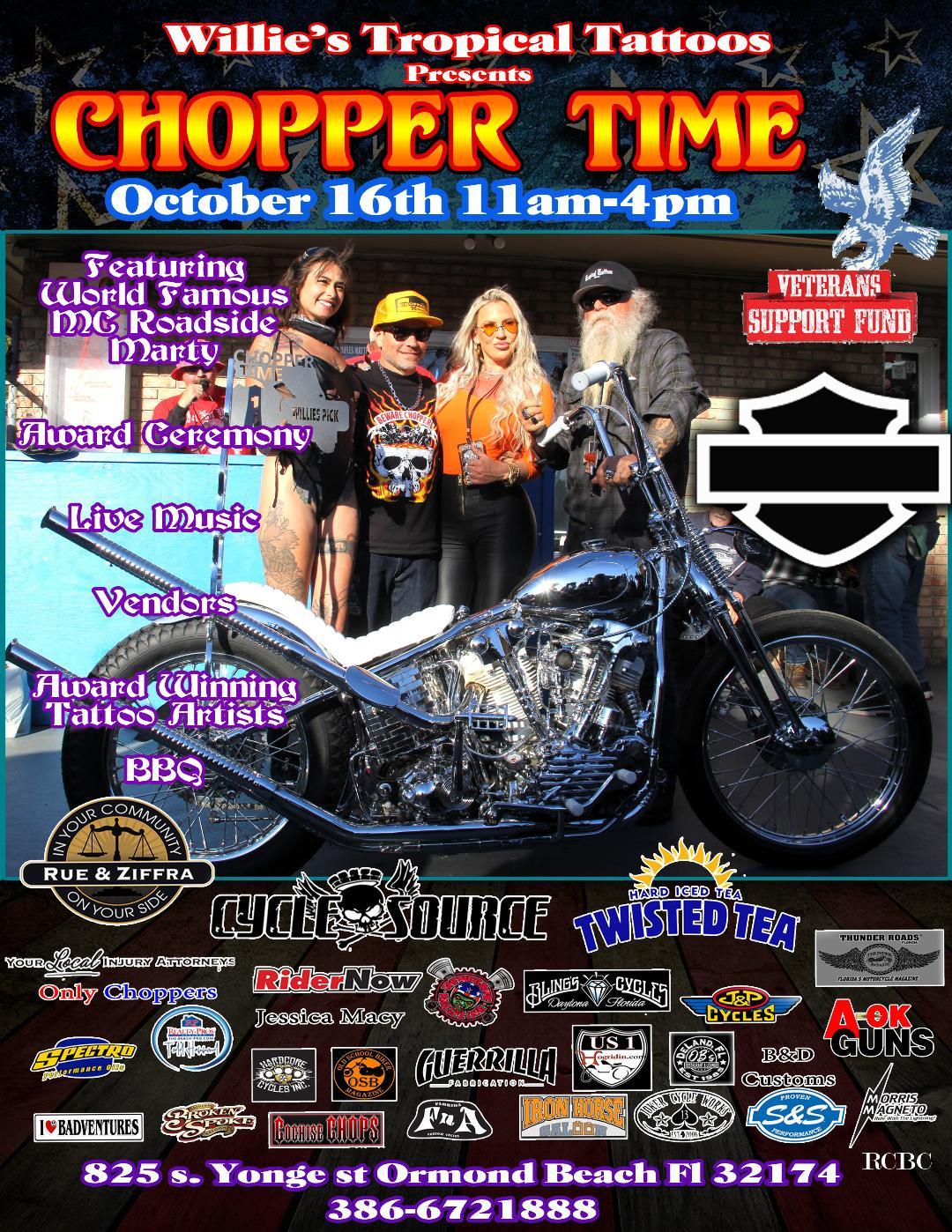

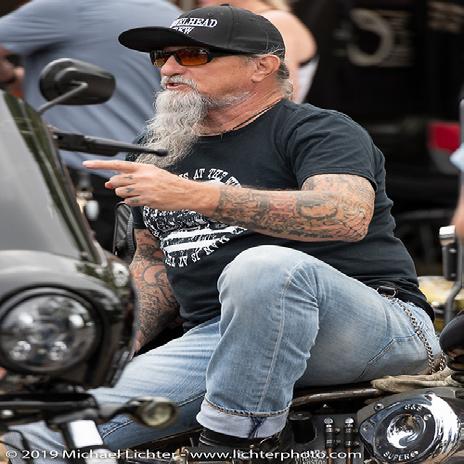
“the way it was & still should be”
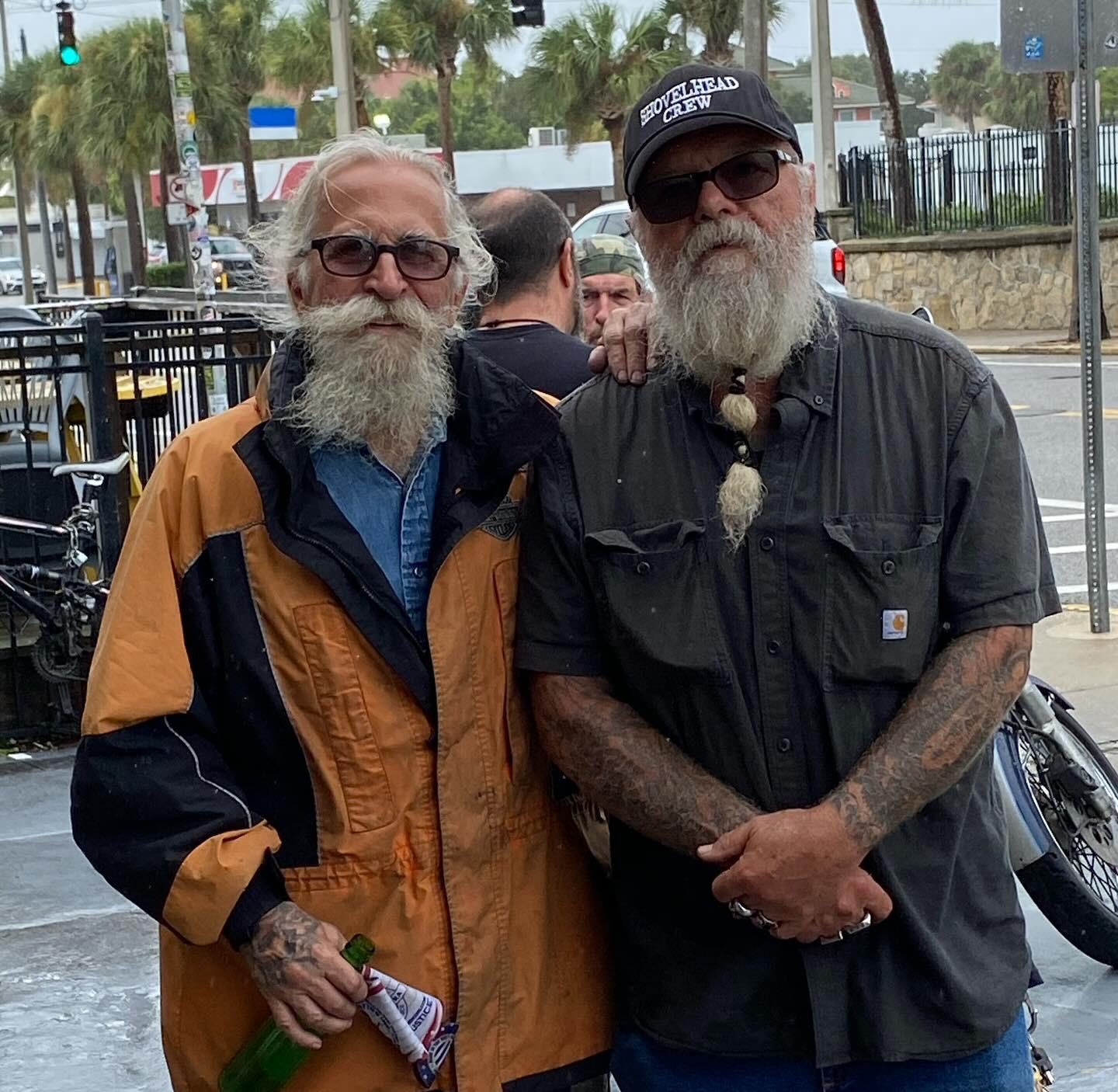

At Church
With Willie Behind His Tattoo Shop, Tropical @ 825 Yonge St EVER 4th Sunday 11am Church At Noon We Ride To Local Bars Or A Long Ride. Times may vary!!!

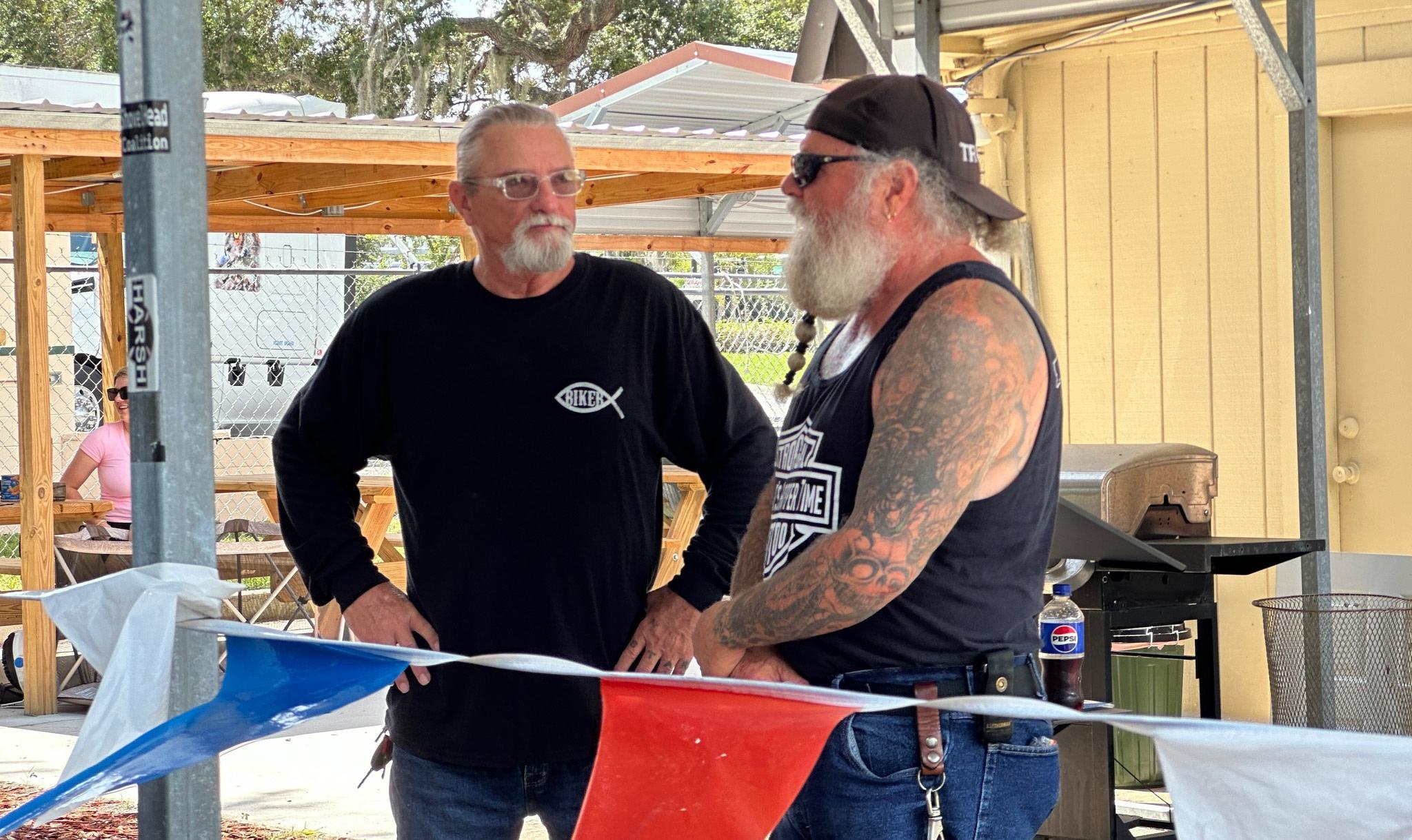
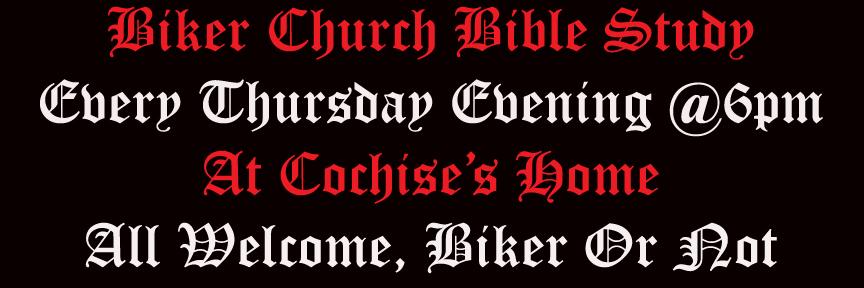







“the way it was & still should be”


With Willie Behind His Tattoo Shop, Tropical @ 825 Yonge St EVER 4th Sunday 11am Church At Noon We Ride To Local Bars Or A Long Ride. Times may vary!!!






This magazine is NOT politically correct!!! We deal with mainly old bikes, old cars, old people and young folks who have their heads on straight, who are tired of status quo, and walking on egg shells so as to keep the peace. Socialism & Liberalism SUCKS!!! We bleed Red, White & Blue!!! cochisechops@yahoo.com or (386) 690-6270
Salesman, Shiny (386) 278-3370
“Where Old School “NEVER” Went Out Of Style!!!”
On The Cover, The Foundation Of Tropical Tattoo
Most Photos Taken By Me Or By Many, Mailed To Me
Oct 5: Daytona Abate Monthly Meeting
Oct 5: Swap Meet Webster
Oct 12: Swap Meet @ Morse’s
Oct 16: CHOPPER TIME @ Tropical Tattoo
Oct 16-19 BIKETOBERFEST!!!
Oct 25: Mystery Ride The Boat Bar 10AM $5 (includes meal)
Oct 26: BIKER CHURCH & FREEDOM RIDE @ Tropical Tattoo

Services:
*Volusia Powder Coating, NSB
*Street Thunder, HD, Mims, FL
*Wind Walker’s Leather
The Most Read Magazine
In The Daytona Area
*V Twin Spealities (386) 310*8333
Other Services:
*Annie Oakley’s Ormond Beach
*The Last Resort Bar, Port Orange
*A Ok Guns, New Smyrna Beach
*Once Upon A Wall Murals & Paintings
*Tropical Tattoo (386) 672*1888
*Tobacco Exoctical Cigar Super Store
4
Watering Holes:
*The Boot Hill Saloon On Main
*The Boot Hill Outpost, Ormond
*Pirate’s Pub, Paisley, FL
*The Boat Bar, Port Orange, FL
*The Most Read Magazine
*Wind Walker’s Leather
*Sorry Charlies, Samsula, FL
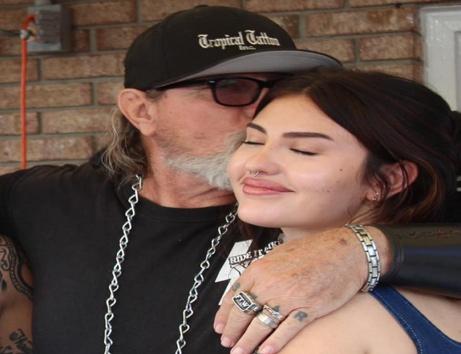


Take A Ride South On Route 1 To Mims, FL For Whatever You Need These Men Are Good People ~ Cochise

Chops 5 Have You Stopped In To See Big Paul, Lately? You Won’t Be Sorry!!!


Lead and whiskey ran thick in the veins of Curly Bill Brocius, the wild-eyed outlaw who laughed his way through saloons and shootouts alike.
He was shot more than once in drunken brawls and gunfights with lawmen, each wound only adding to his devil-may-care reputation. A bullet through the cheek, another tearing into his side—he staggered back up, grinning, as if pain itself dared not slow him.
Born around 1845, Curly Bill became a leader of the Cowboys, the rowdy outlaw band that turned Cochise County into their playground. His clashes with the Earps turned his name into both legend and menace. In one infamous incident, he gunned down Marshal Fred White in Tombstone, claiming it was an accident, yet walking away acquitted. That close brush with the hangman’s noose only seemed to harden his recklessness, and the bullets that scarred him became marks of his wild defiance.
But in 1882, his luck ran out. At Iron Springs, Wyatt Earp’s vendetta ride caught up with him. In a blaze of gunfire, Curly Bill fell—Wyatt himself said he shot him point-blank with a shotgun. Whether all the legends are true or not, his story remains the same: Curly Bill lived fast, bled often, and died in the dust, leaving behind scars and shadows that still haunt the lore of the Old West.


cochisechops@yahoo.com or (386) 690-6270
www.cochisechopsmag.com
Why do I write so much or add so many stories of the Western genre? I’m talking mostly from about 1840’s up to the early 1900’s? Because, they were BRAVE MEN, SOME outlaws, even many of them being lawmen, but lived on the edge of breaking the same laws they swore to uphold. Even Wyatt crossed that threshold on many occasions.
These men and women are an intricate part of the Wild West, but I talk about them mostly because they were outlaws, that lived by their own rules, even though most died very young, with the majority never seeing 40 years of age. I’ve added a few more this issue, so enjoy.
By the way, (speaking of issues) I am again “burnt out” (sorry) on doing the magazine, so I am going to slowly and subtly start decreasing the amount of issues per year. I’ll do one for Bike Week and Biketoberfest each year, and then perhaps go every other month, until you don’t miss it at all.
THE WEEKEND WARRIOR or as I call them, The Back Bone Of Bikers Who GIVE To Help Others In Need!!!
Many laugh at them, mock them, diss their presence, etc. “They aren’t real bikers, they just wanna bees”, said one “hardcore rider” who hadn’t rode farther than his usual 3 bars, and never over the road.
It’s the age old question that all riders ask themselves, “Am I a real biker”? Who Cares? I don’t! As many who call themselves such, doesn’t care either!
I know men & women that dress the part daily, that has their homes littered with motorcycle paraphernalia from ceiling to floor, has 2 or more ‘sickles in the garage, but very seldom rides, why? I don’t know, maybe they’re not healthy enough or whatever, that’s their






“WHERE THE LOCALS” “HANG OUT”
About 1 Mile South Of I-95, On Hwy 1
FULL LIQUOR BAR ICE COLD BEER
BLOODY MARY SUNDAYS POOL
LARGE OUTDOOR PATIO
“Owned By The Best”
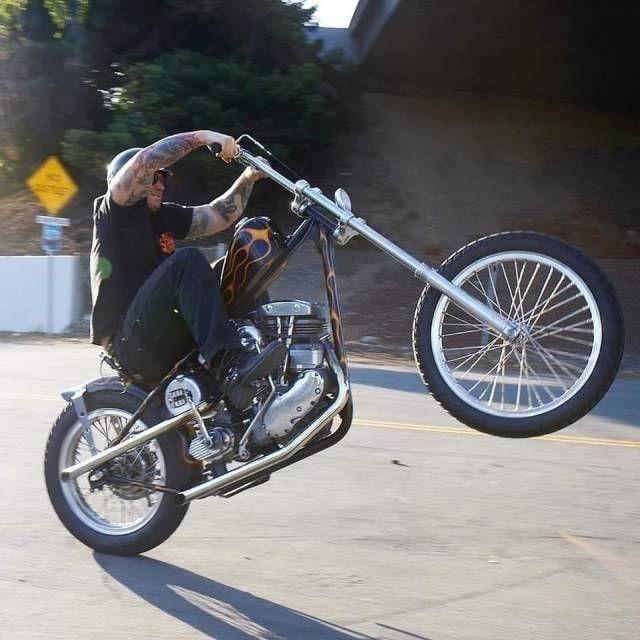
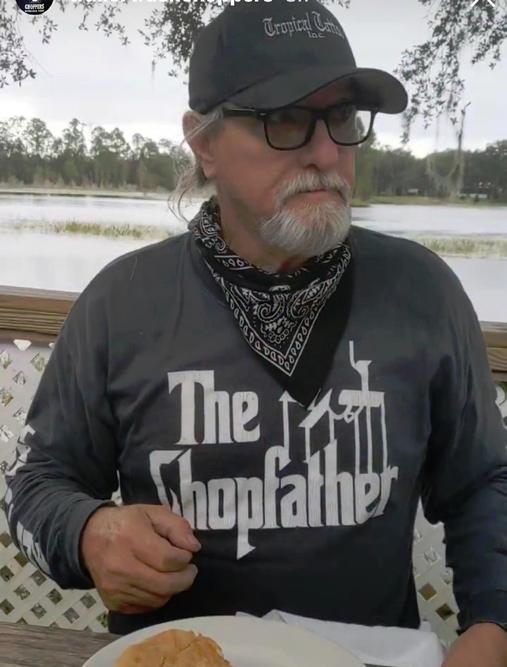
Chopper Time 10-16-25
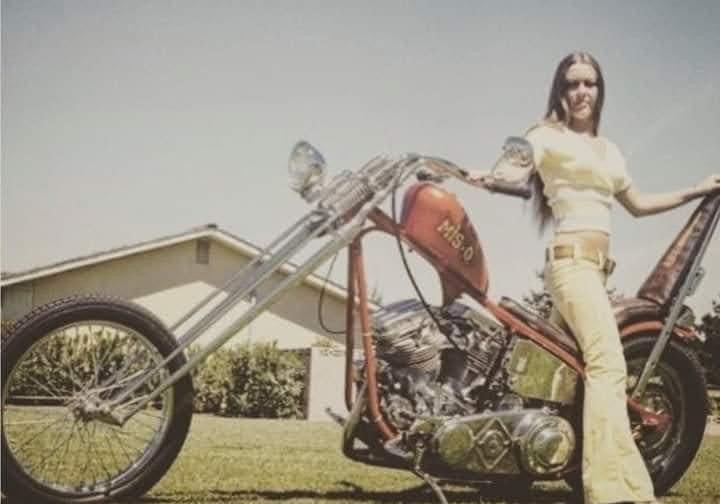

Yet from my own observations, it seems these are the ones cutting on the weekend warriors, as not being real.
I’m not going to get into a pissing contest with anyone here, but I am finally old enough to realize, not all riders are the same. Some do, some do a lot, so don’t and some never, so what I’ve learned is those WW’s are the real back bones that hold up the giving nature of our local charities, it was the same way in KY, where I lived.
It was the men and women who just wanted to be a part of this “brotherhood” thing that they have been aware of for years, and through State organizations, or HD Dealers or other places that give much to others in everything from safety courses to mucho money to help a family or families in need.
I want to say a big THANK YOU to the Weekend Warriors for always being there for the biker (plus) community with your presence and presents!!!
Big Love, Cochise
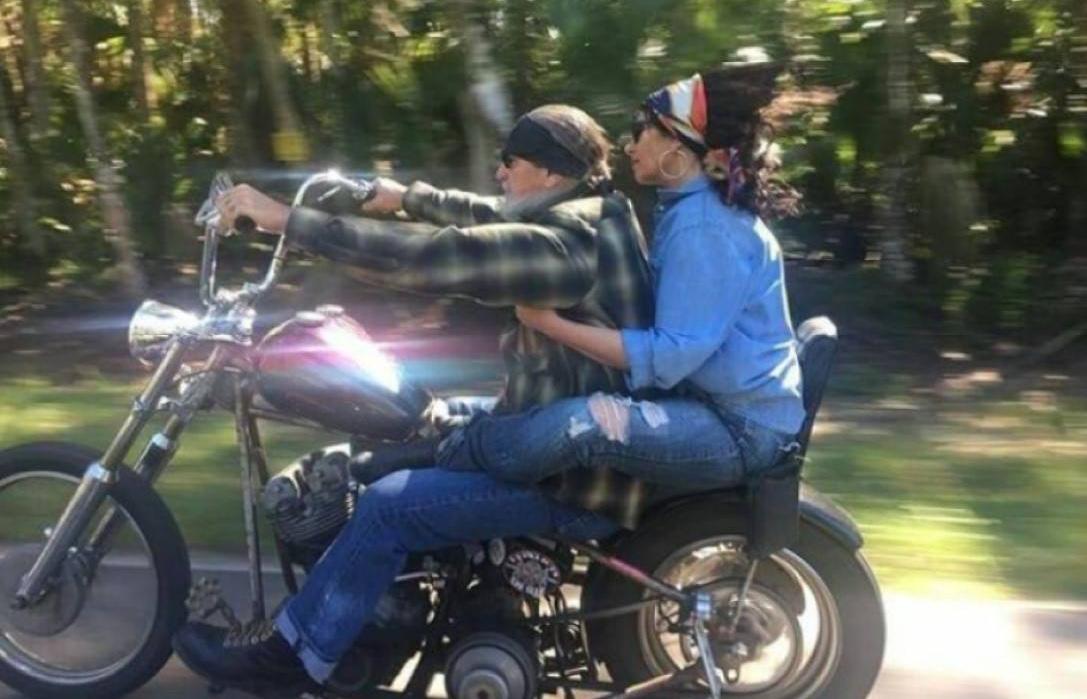


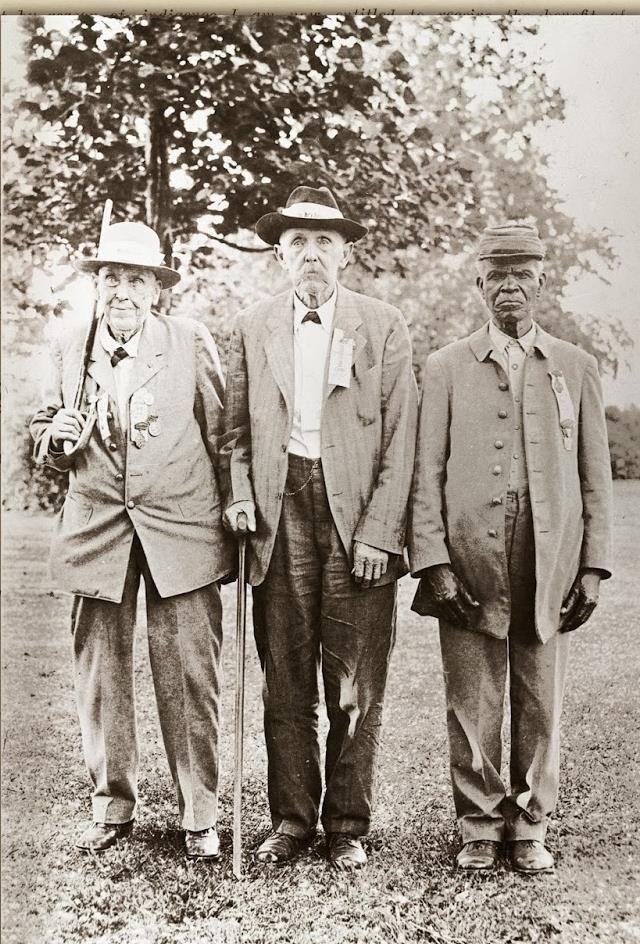
1934 marked the end of Louis Napoleon Nelson’s long and storied life in Ripley, Lauderdale County, Tennessee. Passing away at the age of 88, he left behind a legacy that continues to spark both remembrance and discussion. Born in 1846, he was known locally not only for his role in the Civil War but also for the years he spent after the conflict as a respected figure within his community. His grandson, Nelson Winbush, worked tirelessly to preserve his memory, ensuring that his story would not be forgotten.
During the war, Nelson accompanied the sons of his enslaver, James Oldham, and initially took on duties as a cook and lookout. In time, his role expanded, and under the command of General Nathan Bedford Forrest he is remembered as having participated in campaigns and even taken on the position of chaplain. Though unable to read or write, he memorized scripture from the King James Bible and used this knowledge to lead services for soldiers before battle. Accounts tie him to major engagements at Shiloh, Lookout Mountain, Brice’s Crossroads, and Vicksburg. After the war, he built a home in Ripley and remained an active presence, attending nearly forty Confederate reunions in his old uniform, a symbol of how he wished to be remembered.
In 1920, a photograph captured him alongside fellow

Confederate veterans John Buchanan and William Ball “Billy” Drake as they prepared to attend a major reunion in Memphis. That image became one of the lasting visual testaments to his connection with his past. When Nelson died, his coffin was draped with a Confederate flag, and the funeral procession was remembered as the largest gathering of Black mourners in the area’s memory. The story of Louis Napoleon Nelson, passed on through family and preserved in local lore, continues to reflect the complexities of memory, heritage, and identity in the generations that followed.

Chops 12

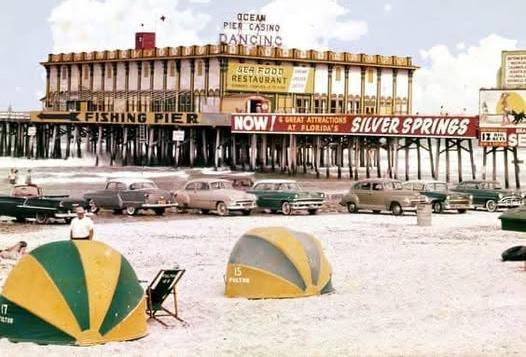
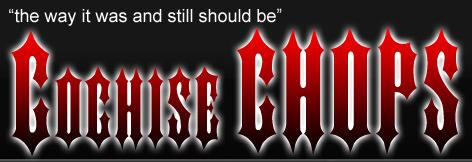
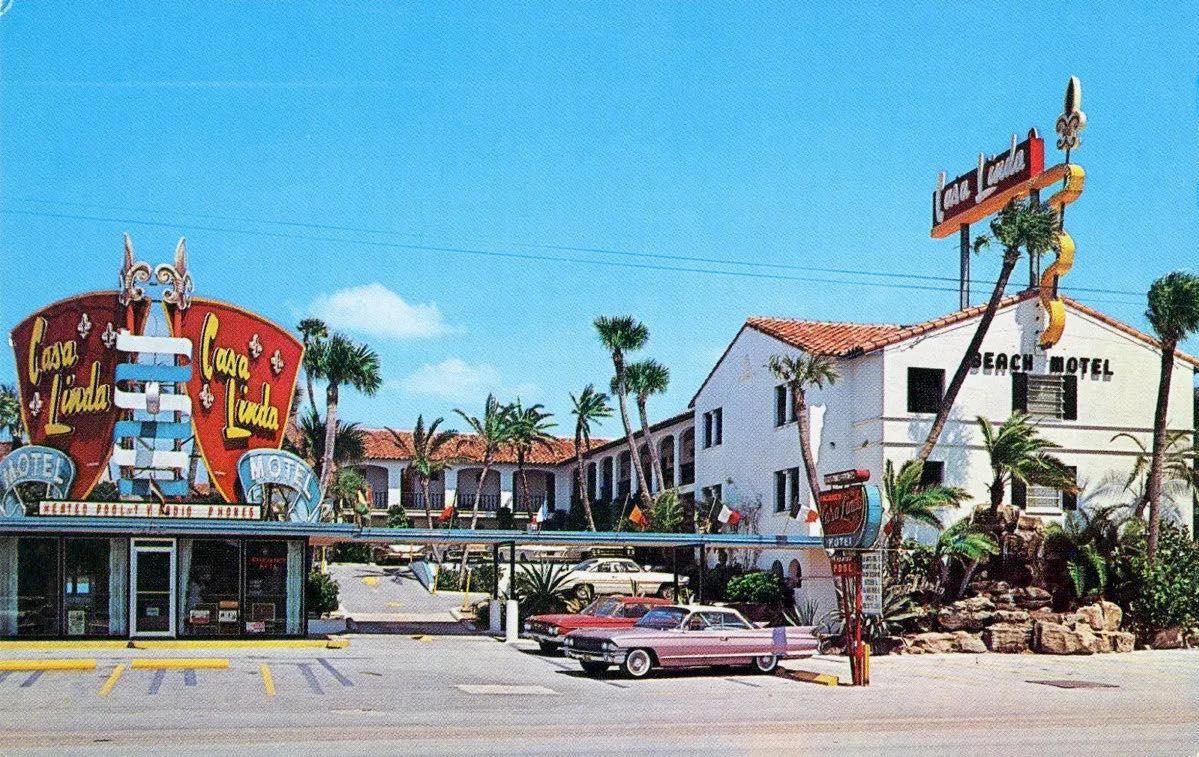








Man jailed after fighting 3 college kids who shot his dog 40 times. When three college kids returned home on break, they used BB guns for target practice on a neighbor’s dog shooting him more than 40 times. The punishment? A fine and community service…
The dog’s owner couldn’t accept it. He stormed over to their house and challenged all three at once. “Fight someone your own size,” he told them.What they didn’t know, he was a black belt in jujutsu. By the time police arrived, the kids were bloodied and broken....lesson learned. The man left in handcuffs, but with a smile on his face.
He’ll spend 30 days in prison. His dog is recovering at his mother’s home. When asked why, he said simply: “Kids need to learn there are consequences to their actions.”

Chops 16

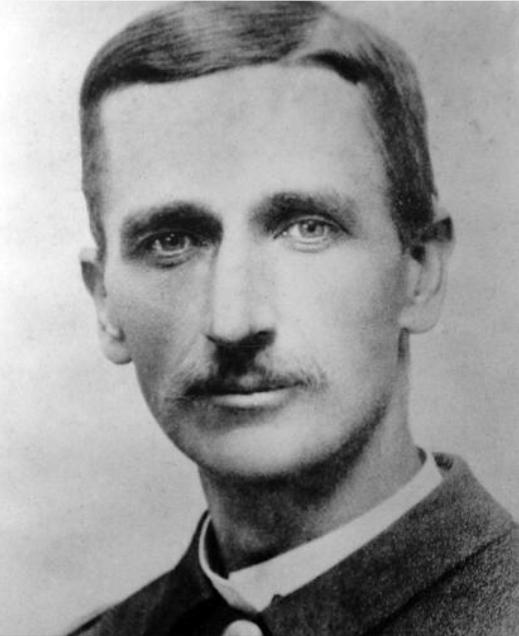
In the summer of 1886, Charles Gatewood rode alone into the Sierra Madre mountains, carrying not just orders but the weight of ending a war that had scarred the frontier for decades. Surrounded by hostile Apaches, with only a handful of scouts at his side, he risked his life to meet Geronimo face-to-face.
Others had failed to bring the elusive leader in, but Gatewood spoke with a calm resolve, treating Geronimo not as prey, but as a man. His words carried the weight of trust, and against all odds, Geronimo agreed to surrender—ending the last great Apache resistance.
Gatewood’s act was not one of brute force, but of rare courage—the kind that comes from stepping unarmed into danger where rifles and sabers could not win. Yet, instead of glory, his role was buried beneath the fame given to generals and politicians. He returned to duty quietly, carrying the scars of frontier service and the bitterness of being overlooked.
By the time he died in 1896, Charles Gatewood’s name had already begun to fade, but his deed remained. He was the man who ended a war with words instead of bullets, a soldier who proved that sometimes the bravest act is not pulling the trigger, but lowering the gun. (PERHAPS IN CERTAIN SITUATIONS, Cochise)




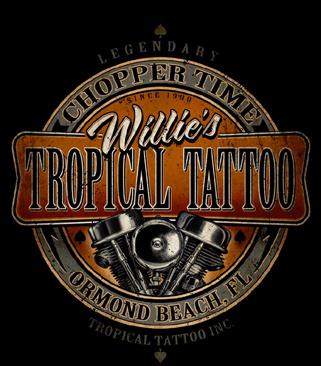


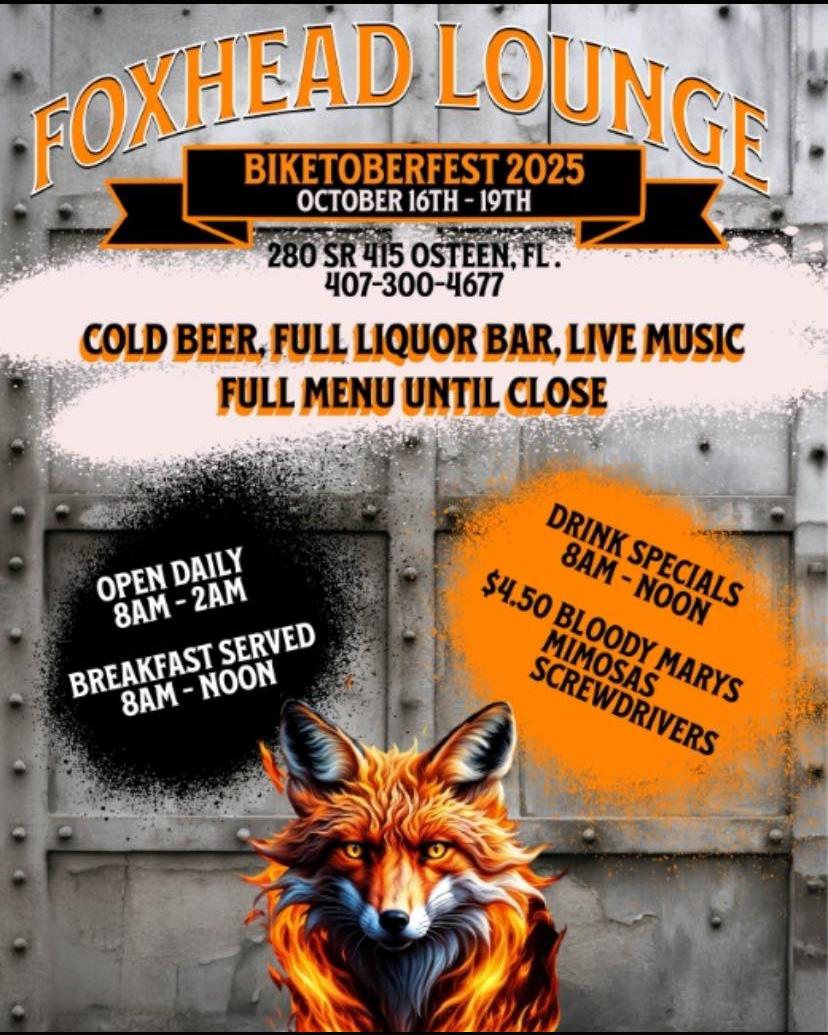






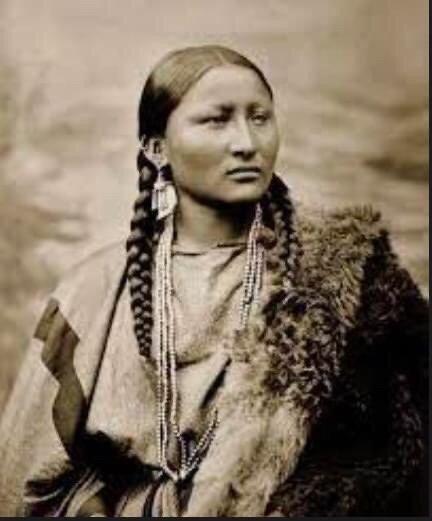
On June 25, 1876, a battalion of the 7th Cavalry, led by George Armstrong Custer, was wiped out by an overwhelming force of Lakota, Dakota, Northern Cheyenne, and Arapaho.
There are many stories that come from this most famous battle of the Indian Wars. However, the most overlooked account is of the women warriors who fought alongside their male counterparts.
Minnie Hollow Wood, Moving Robe Woman, Pretty Nose (pictured), One-Who-Walks-With-The-Stars, and Buffalo Calf Road Woman were among the more notable female fighters.
Pretty Nose fought with the Cheyenne/Arapaho detachment.
One-Who-Walks-With-The-Stars (Lakota) killed two soldiers trying to flee the fight.
Minnie Hollow Wood earned a Lakota war-bonnet for her participation, a rare honor.
Lakota Moving Robe Woman fought to avenge the death of her brother.
And Cheyenne Buffalo Calf Road Woman holds the distinction of being the warrior who knocked Custer off his horse, hastening the demise of the over-confident Lt. Colonel.


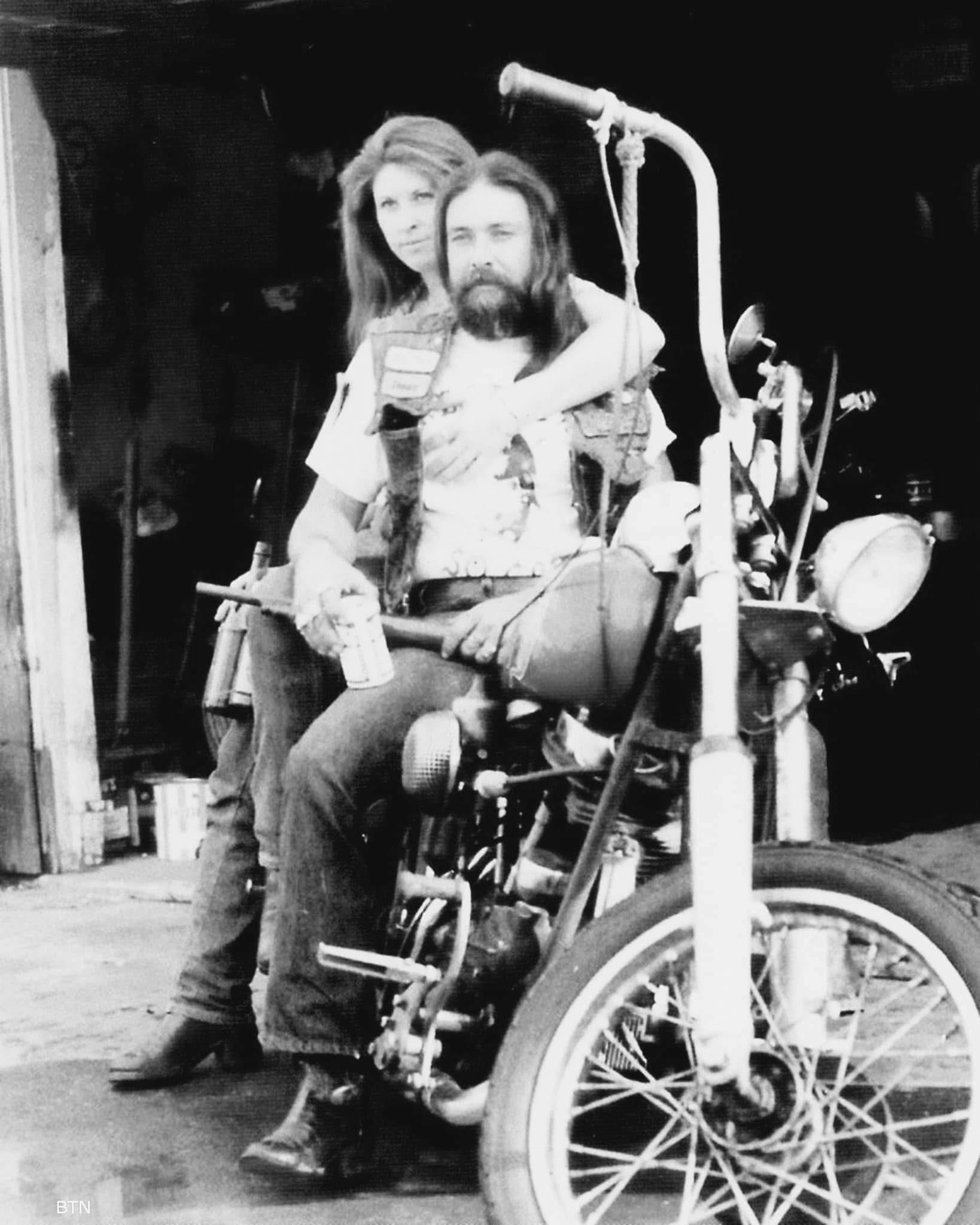
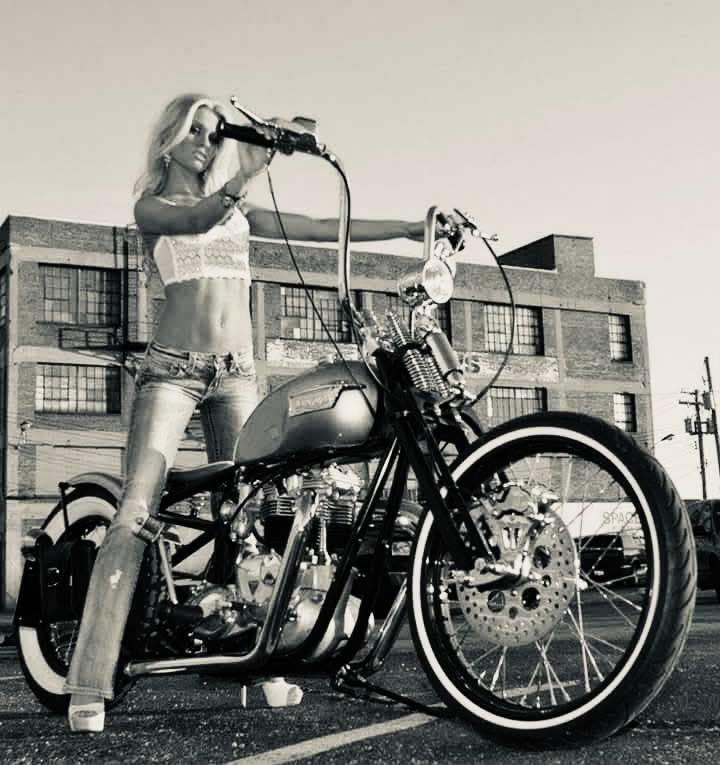




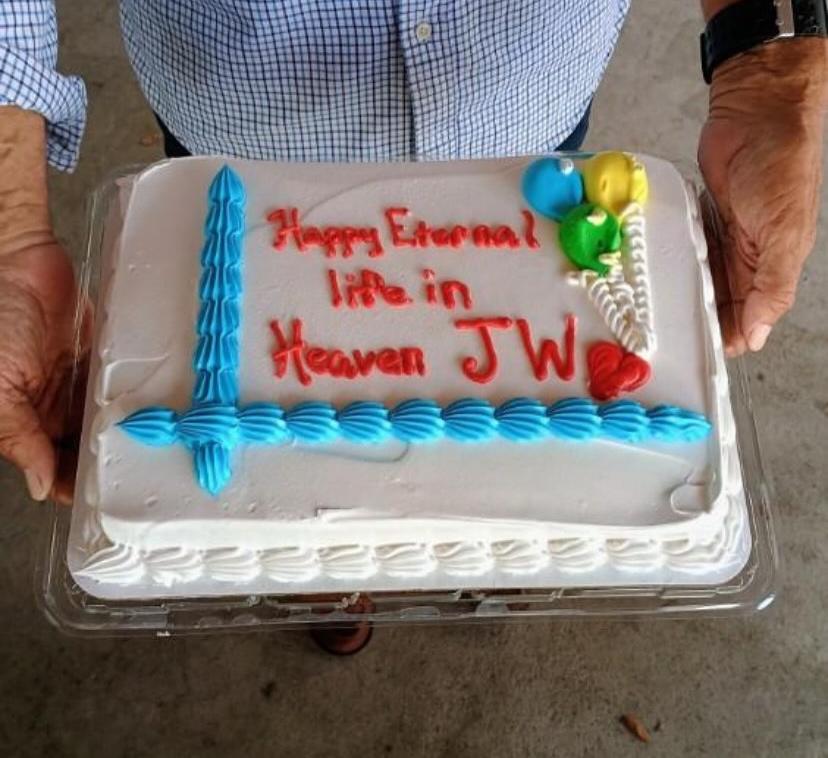
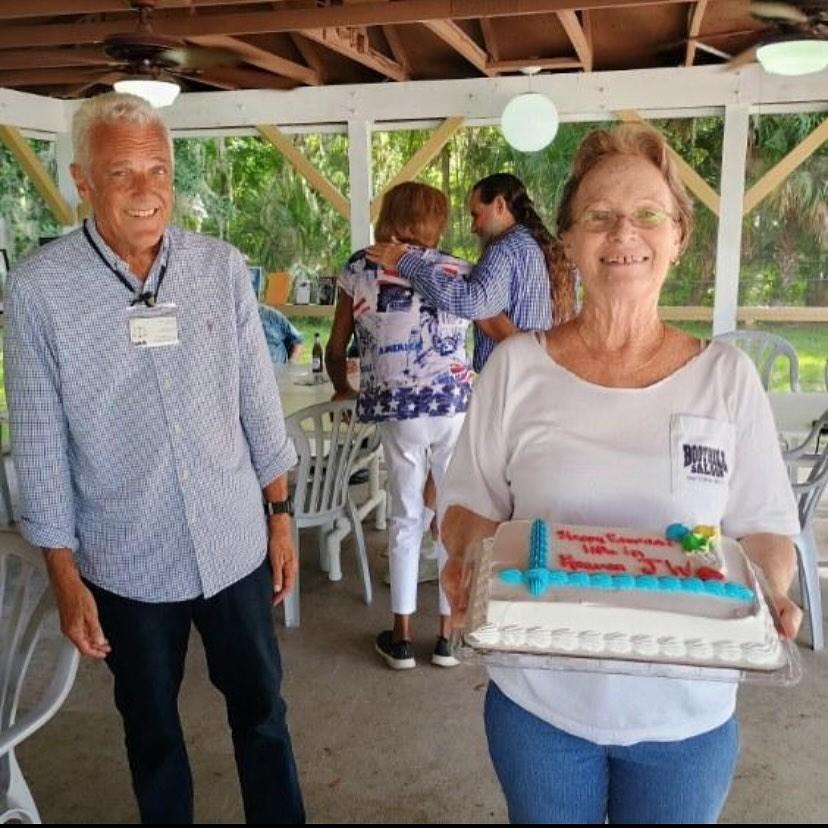

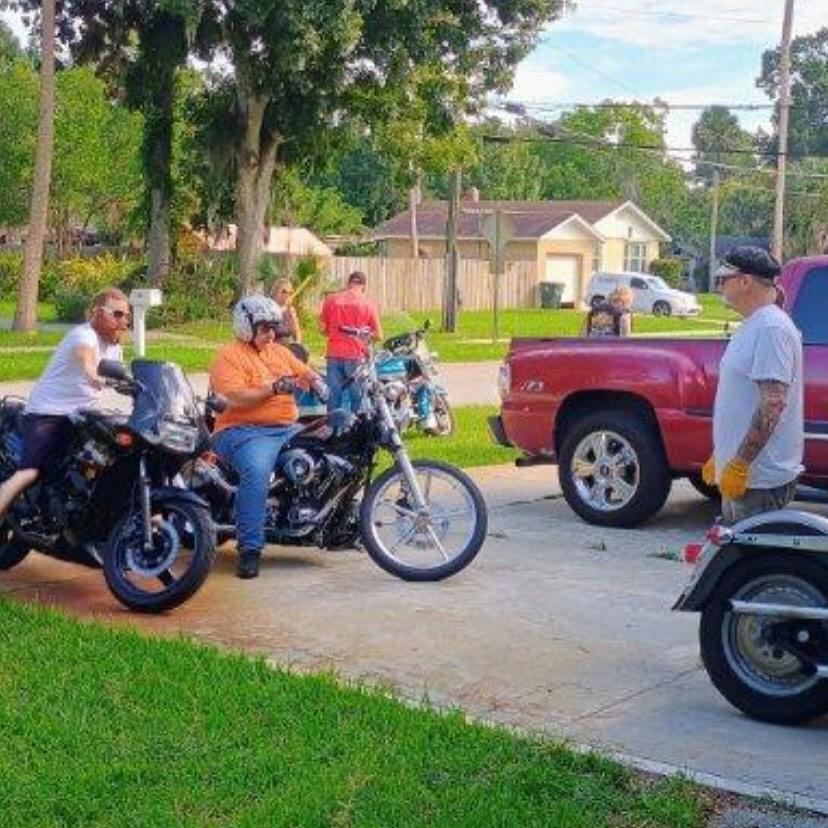
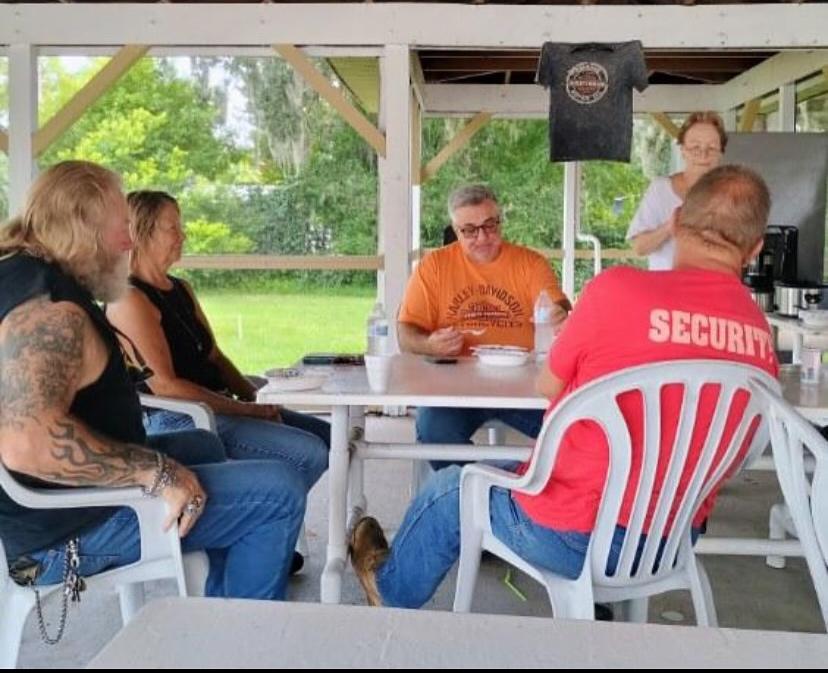

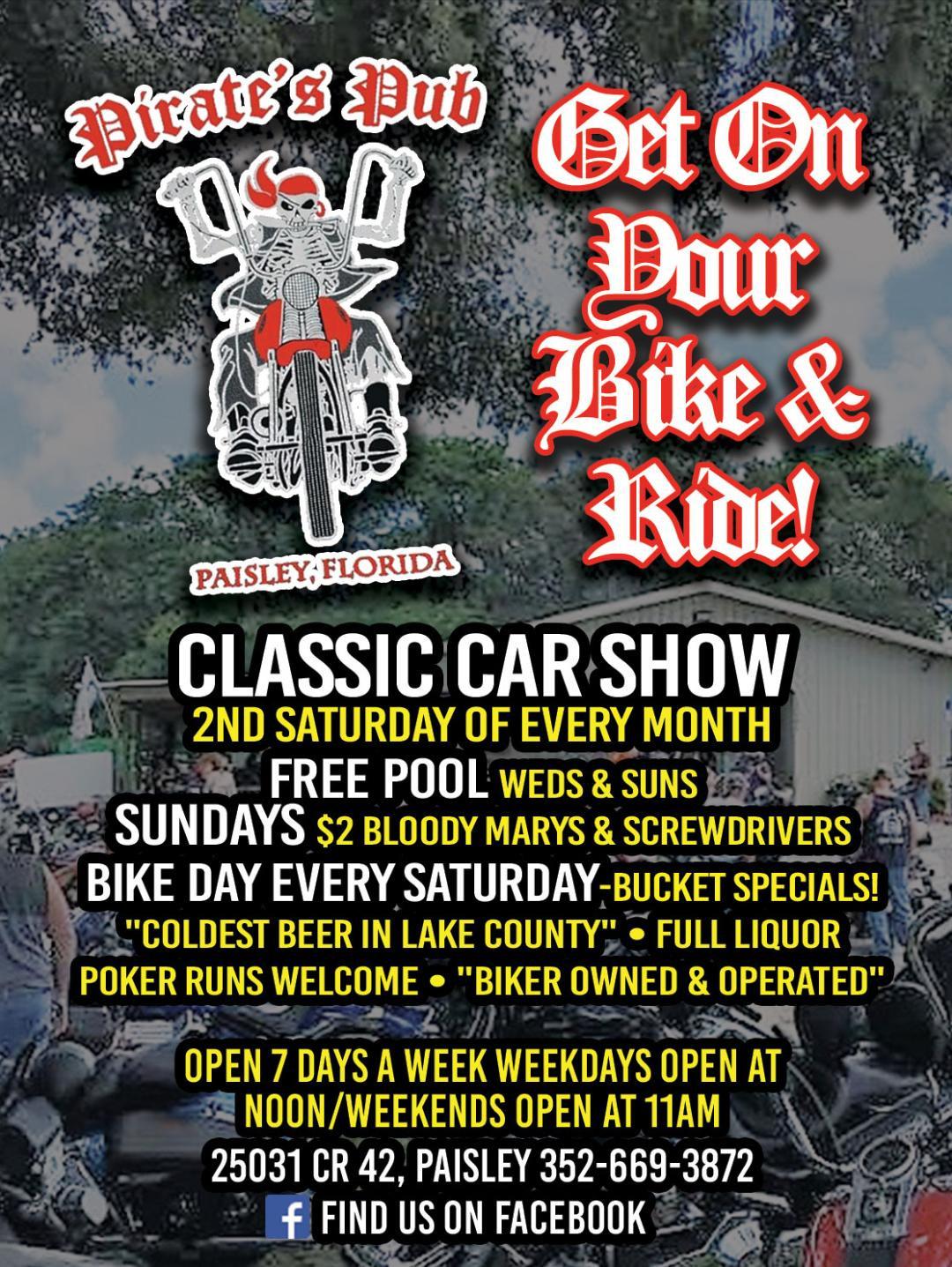

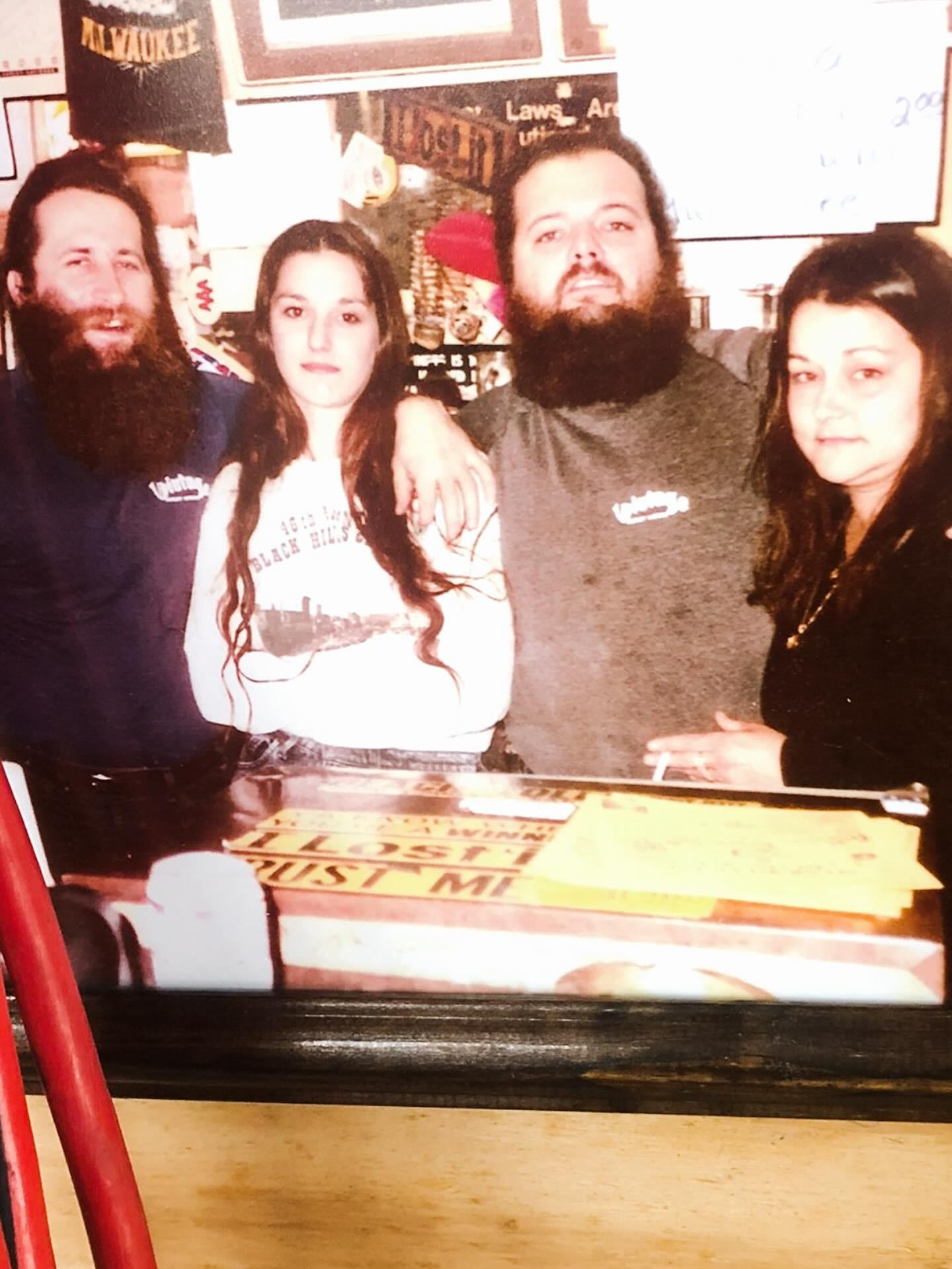


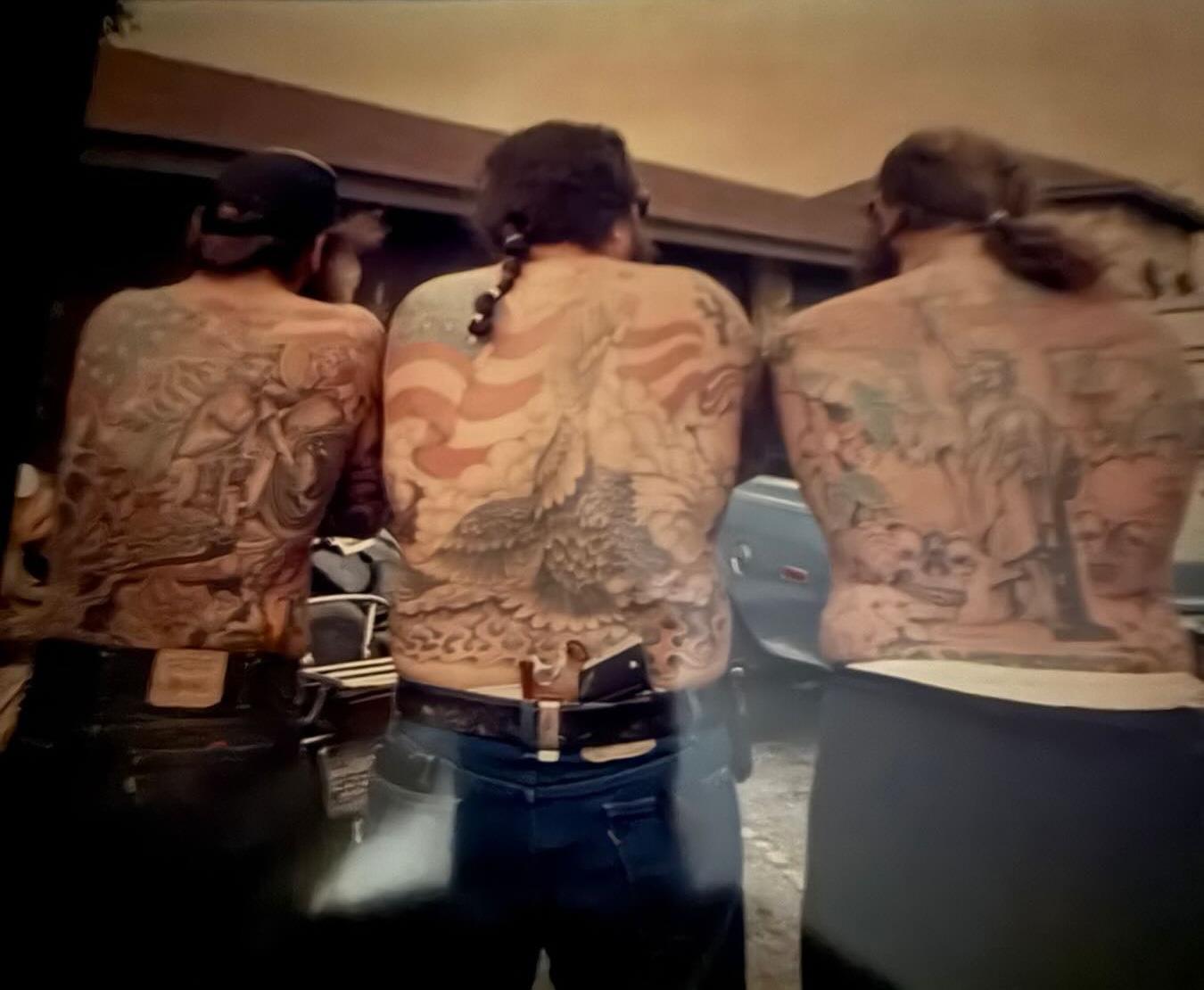
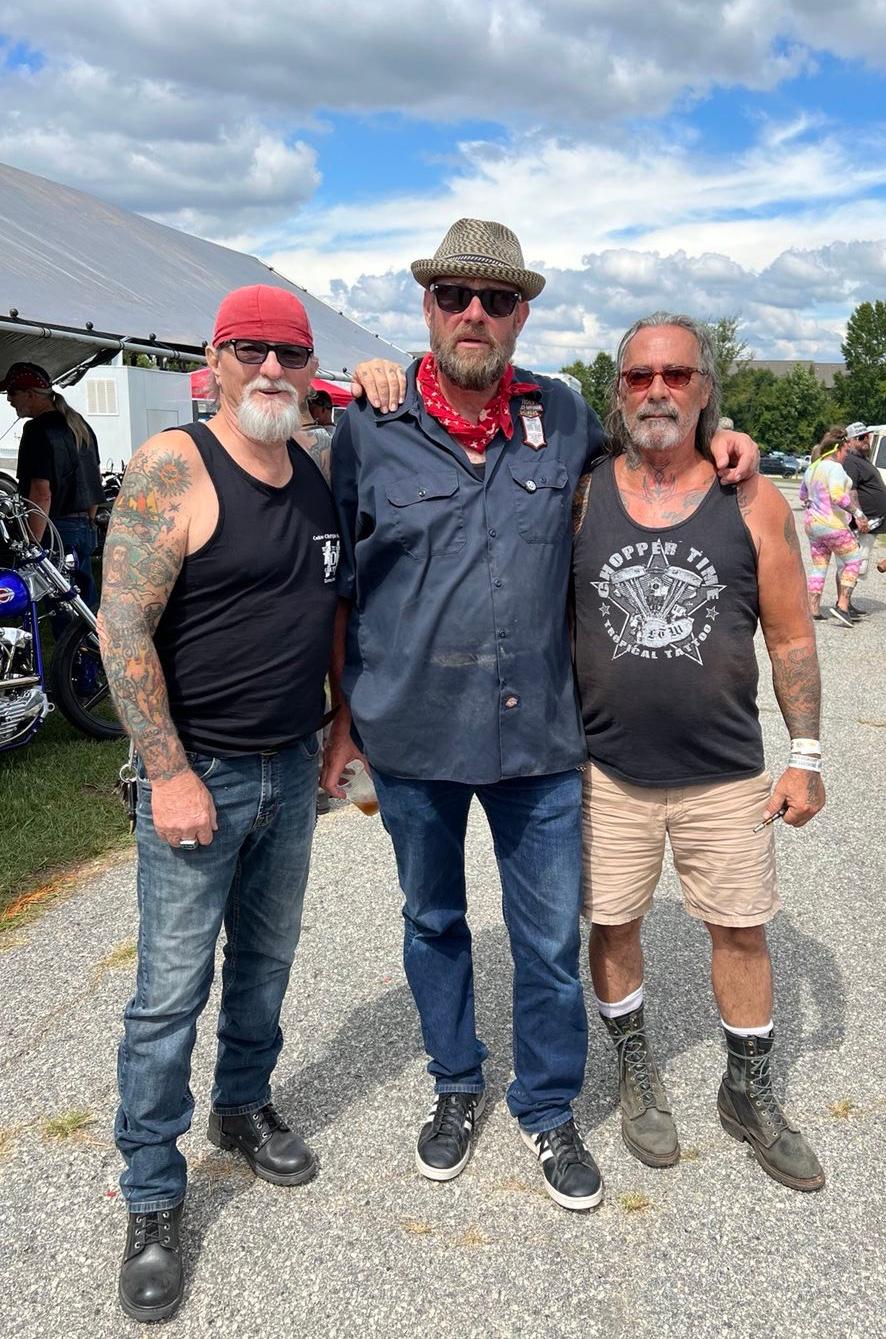







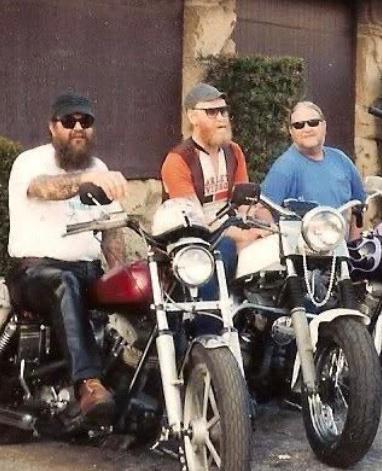
Panhead Committee Meeting
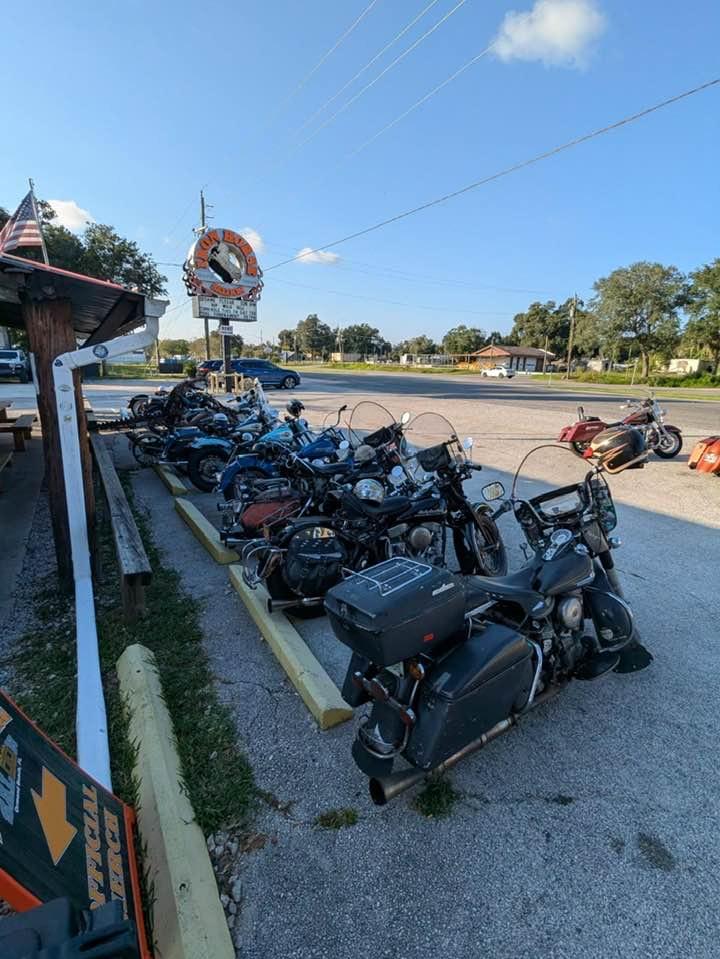

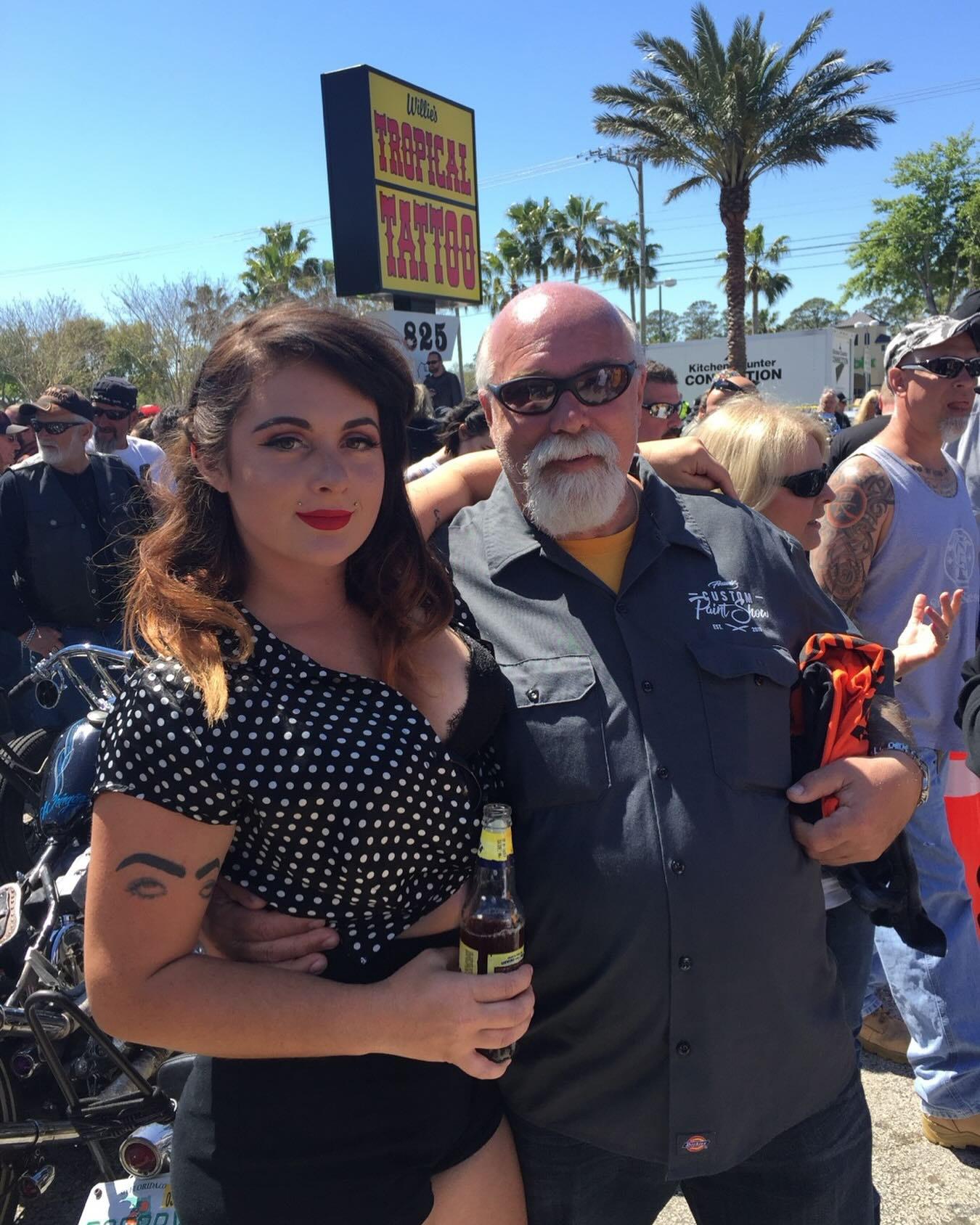

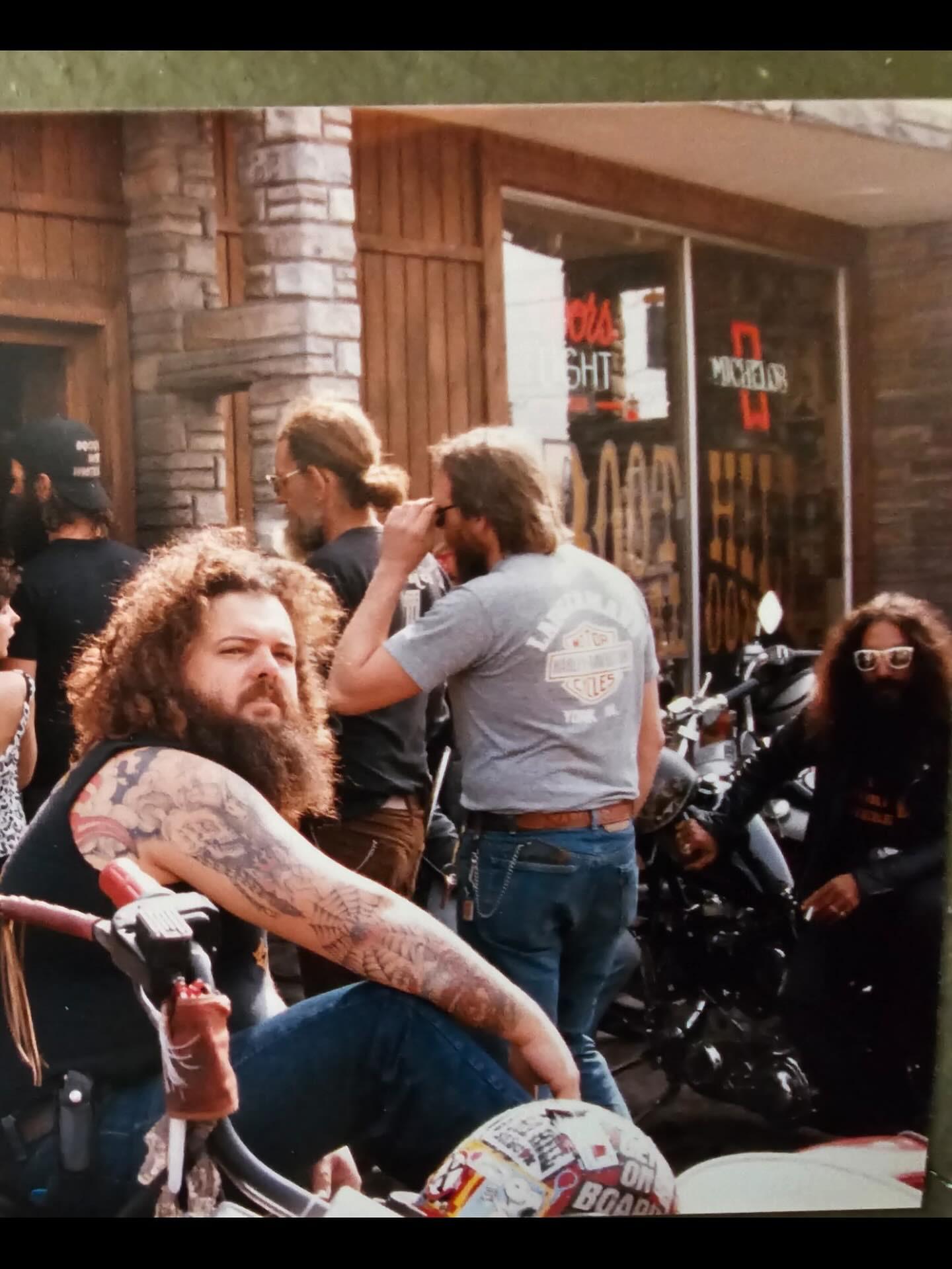



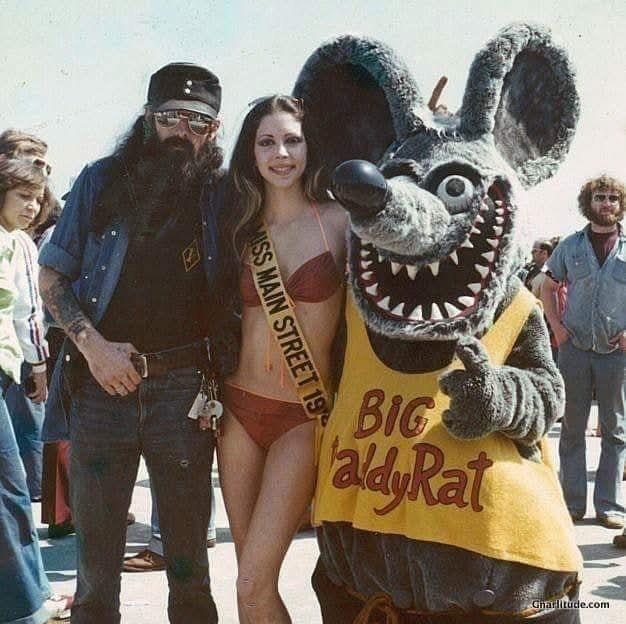


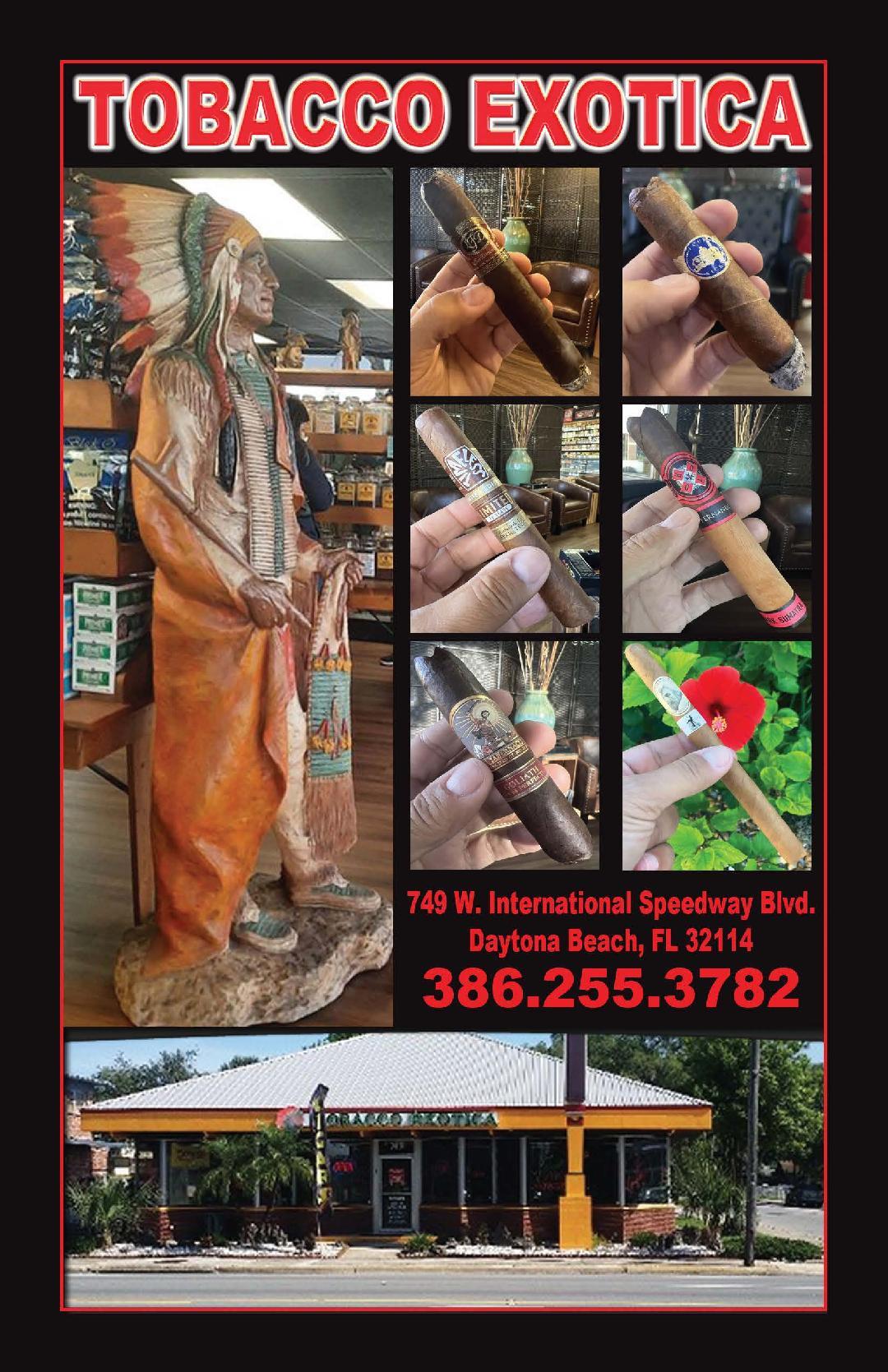

Tell Them You Saw Their Ad In Chops


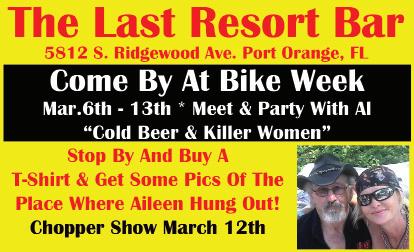
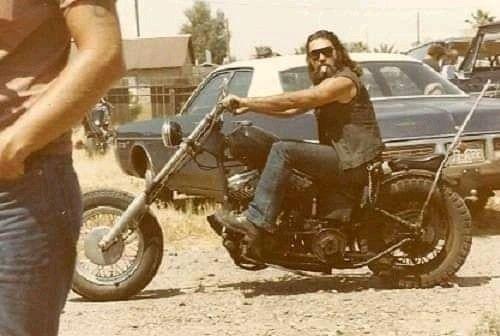

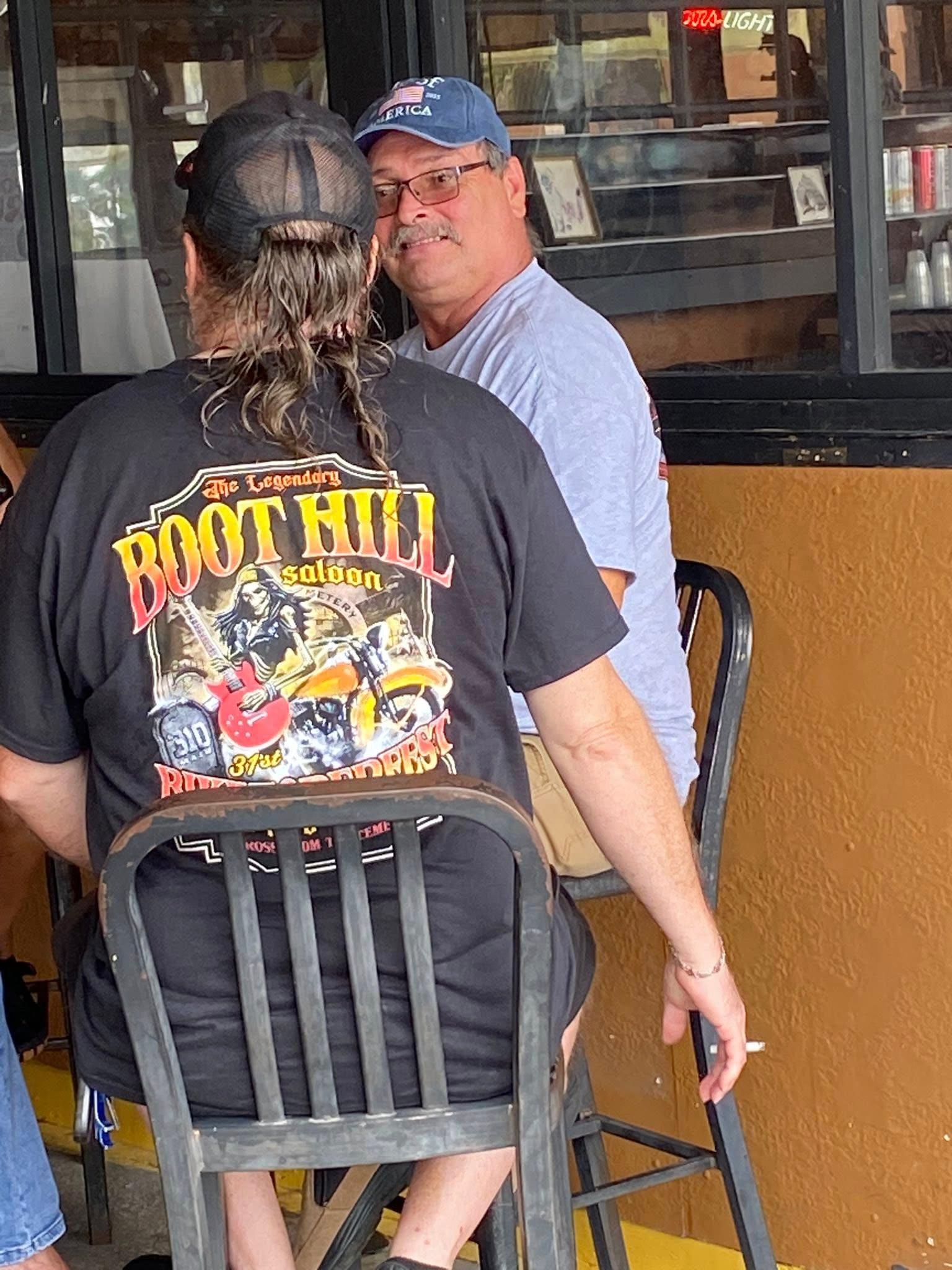

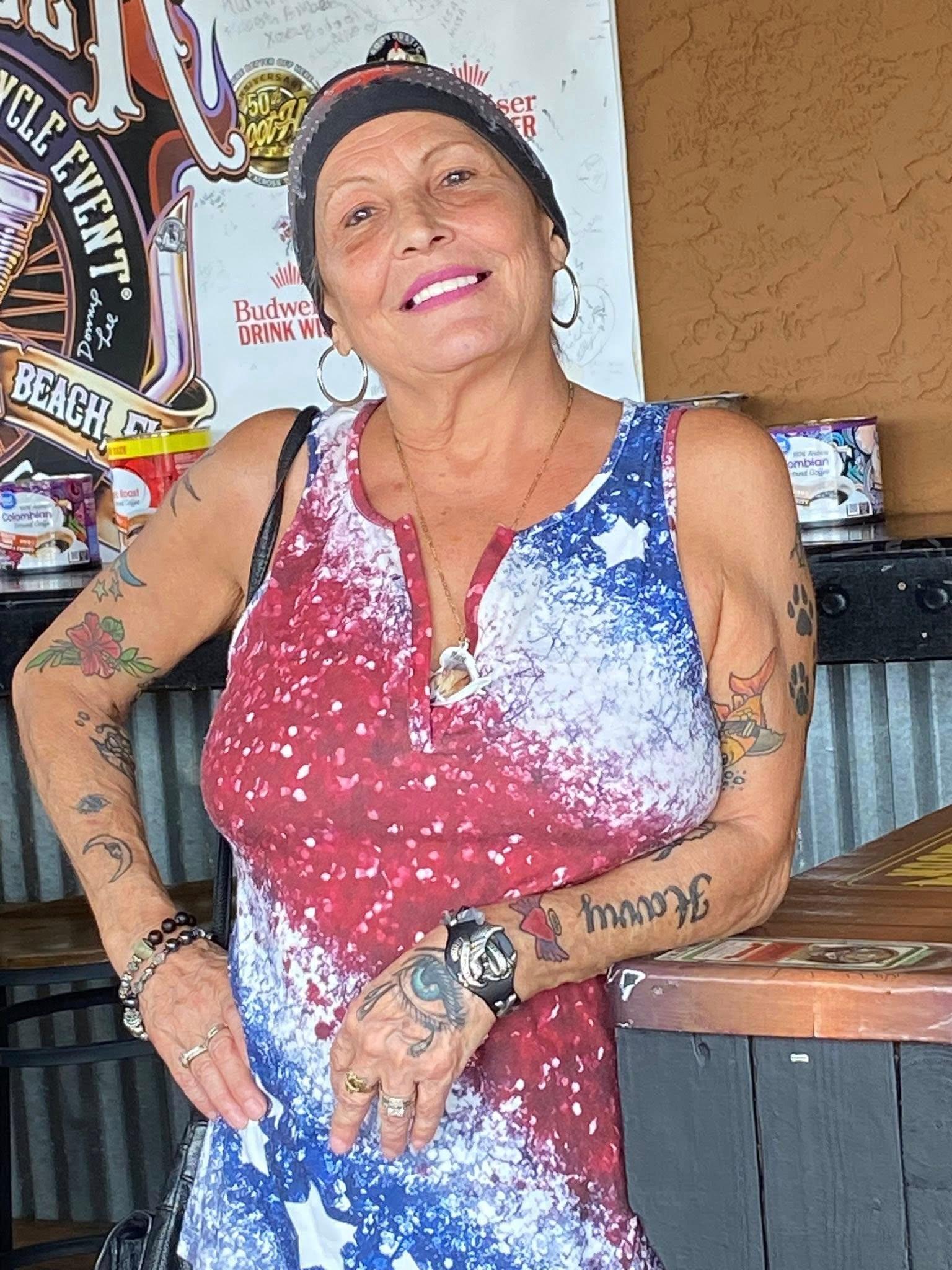


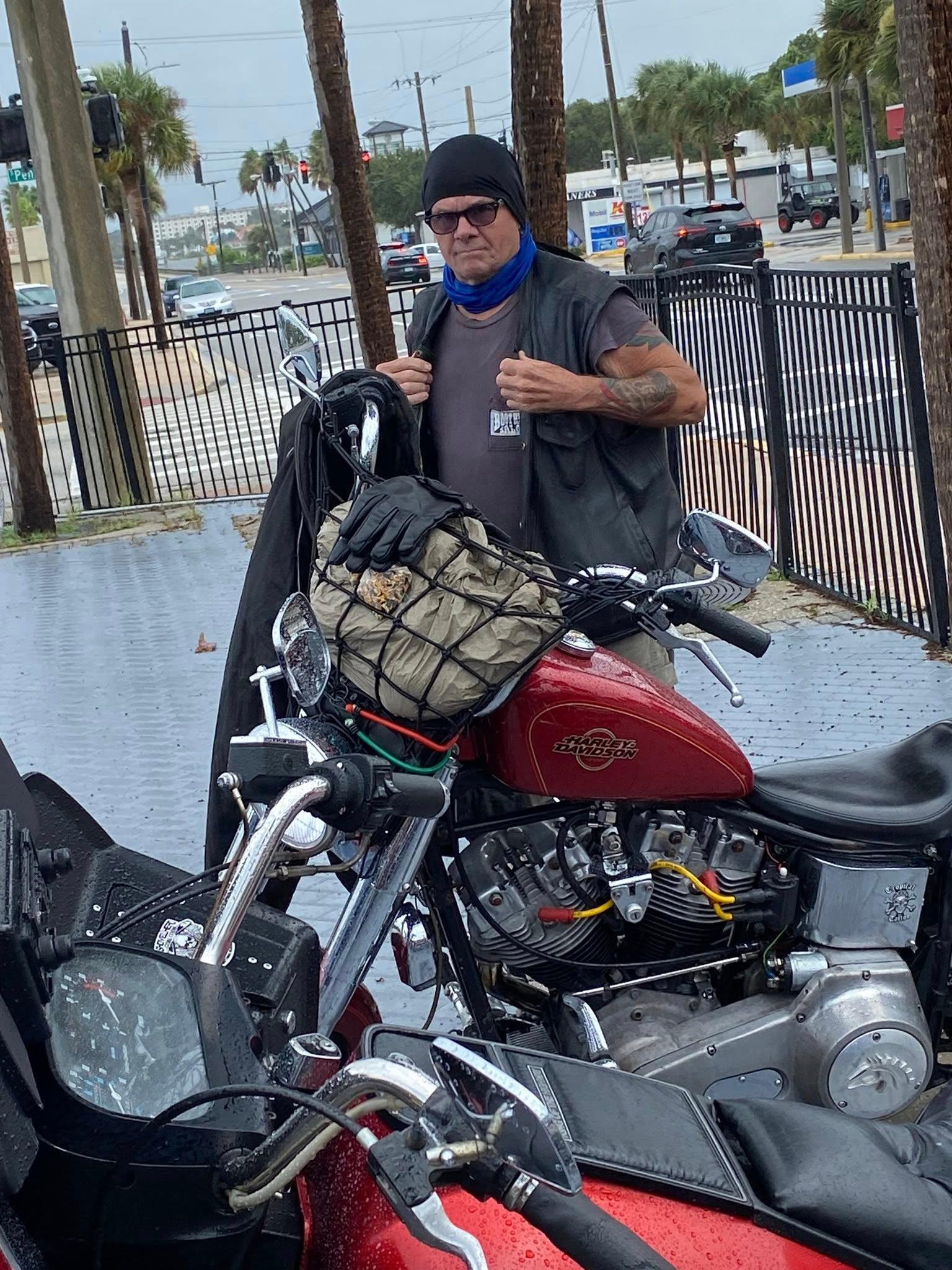


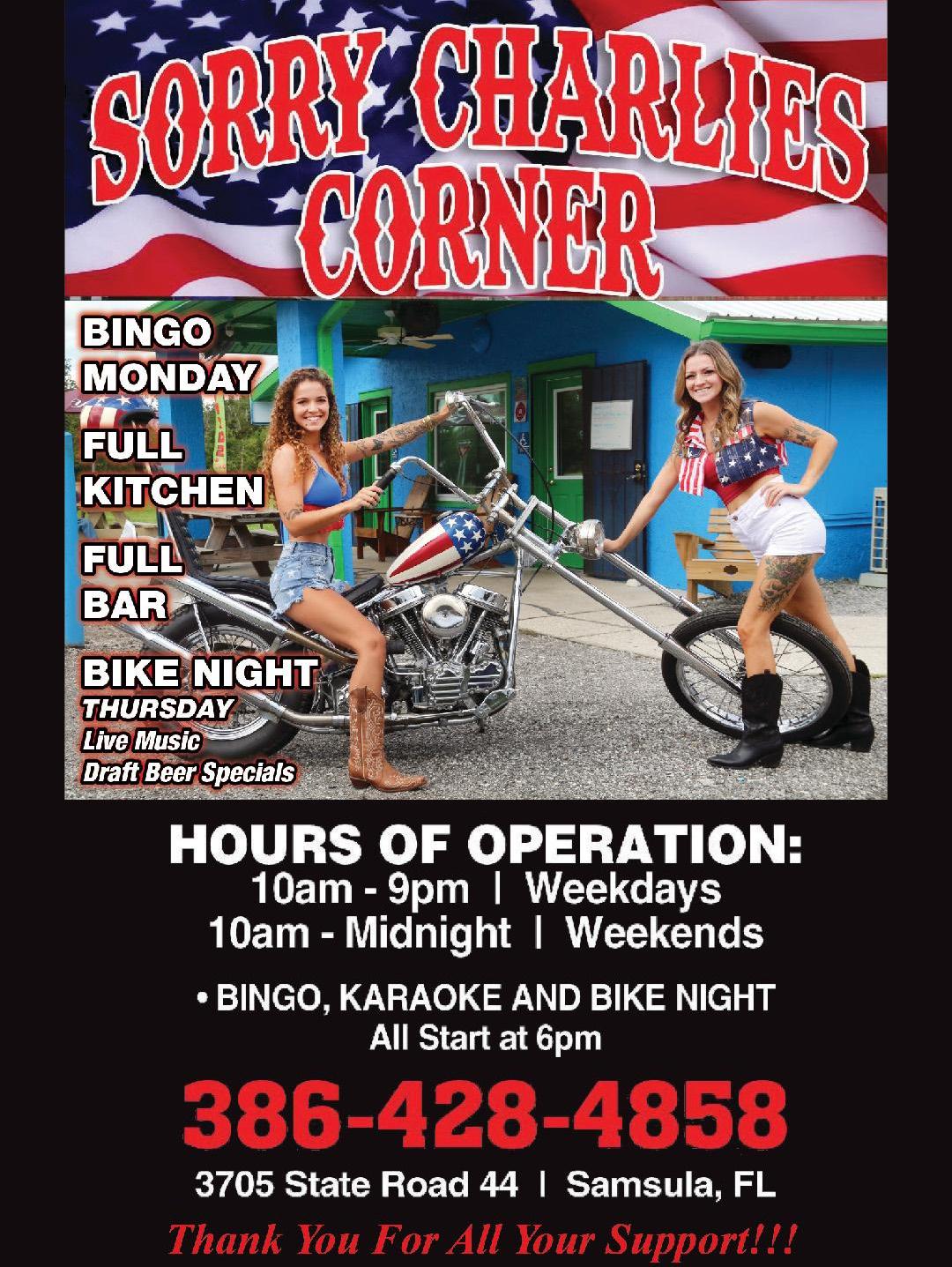


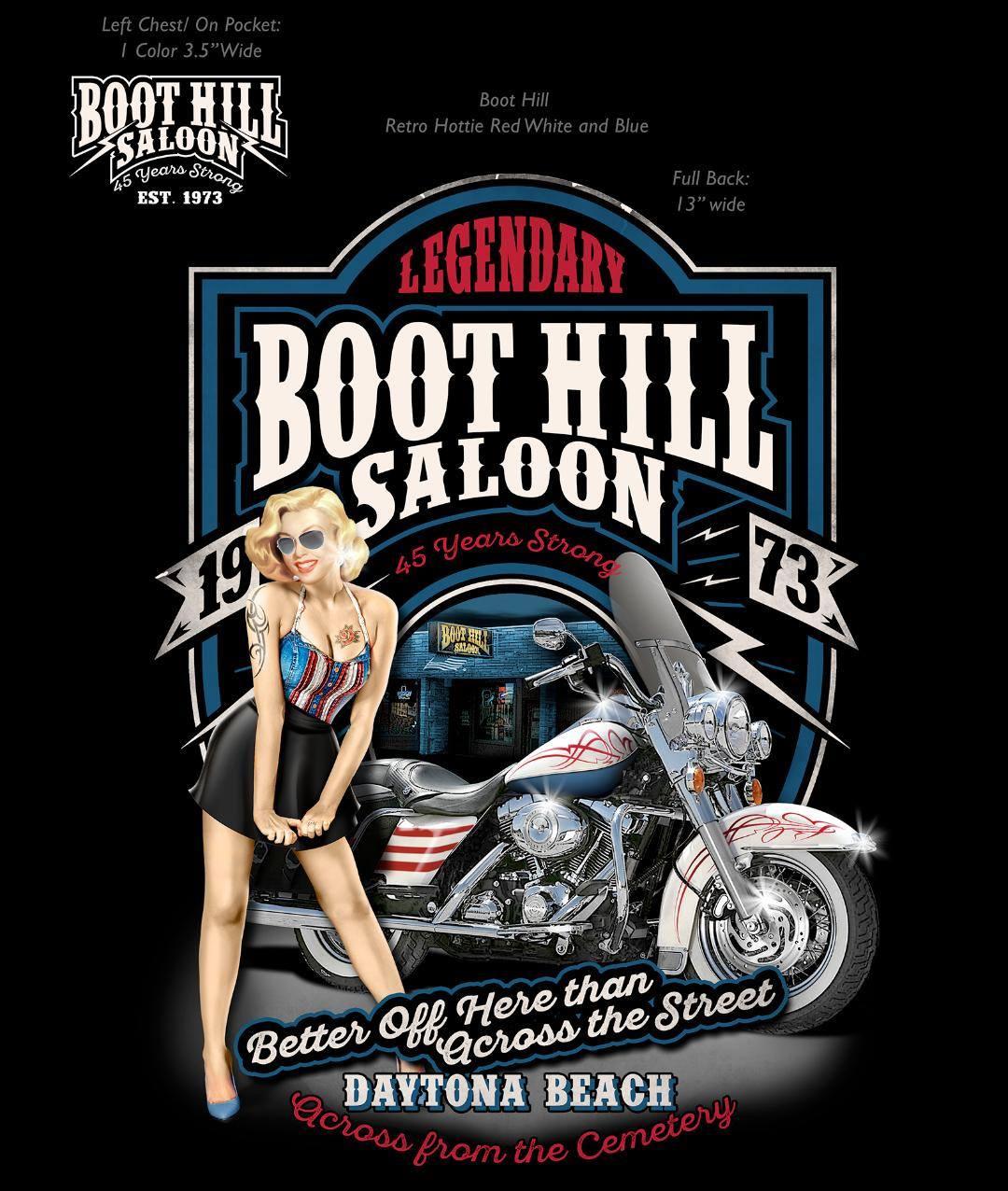




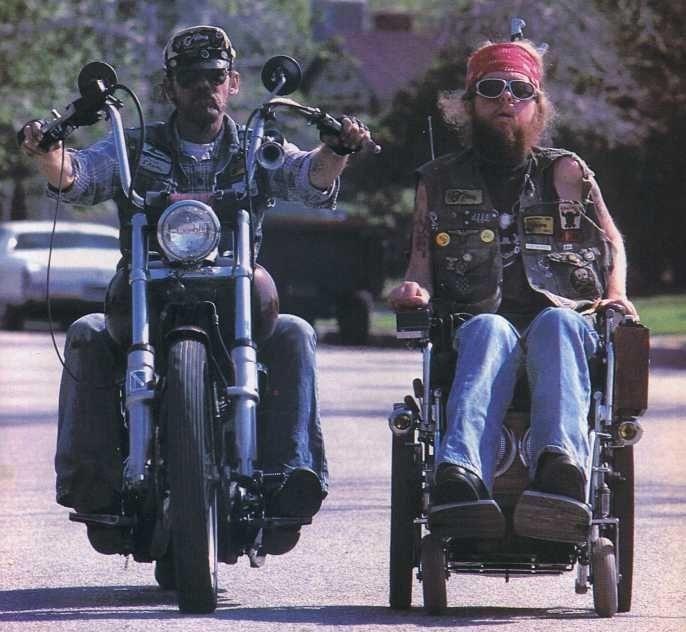
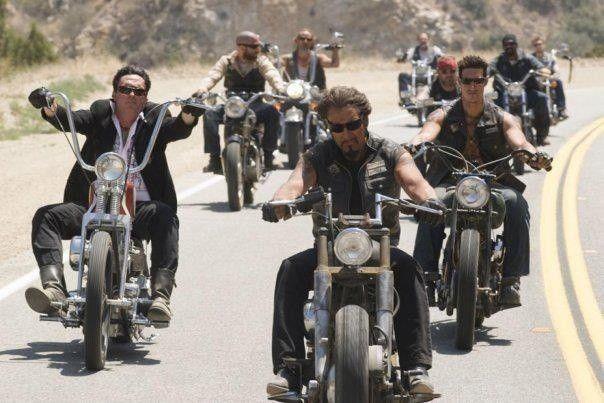


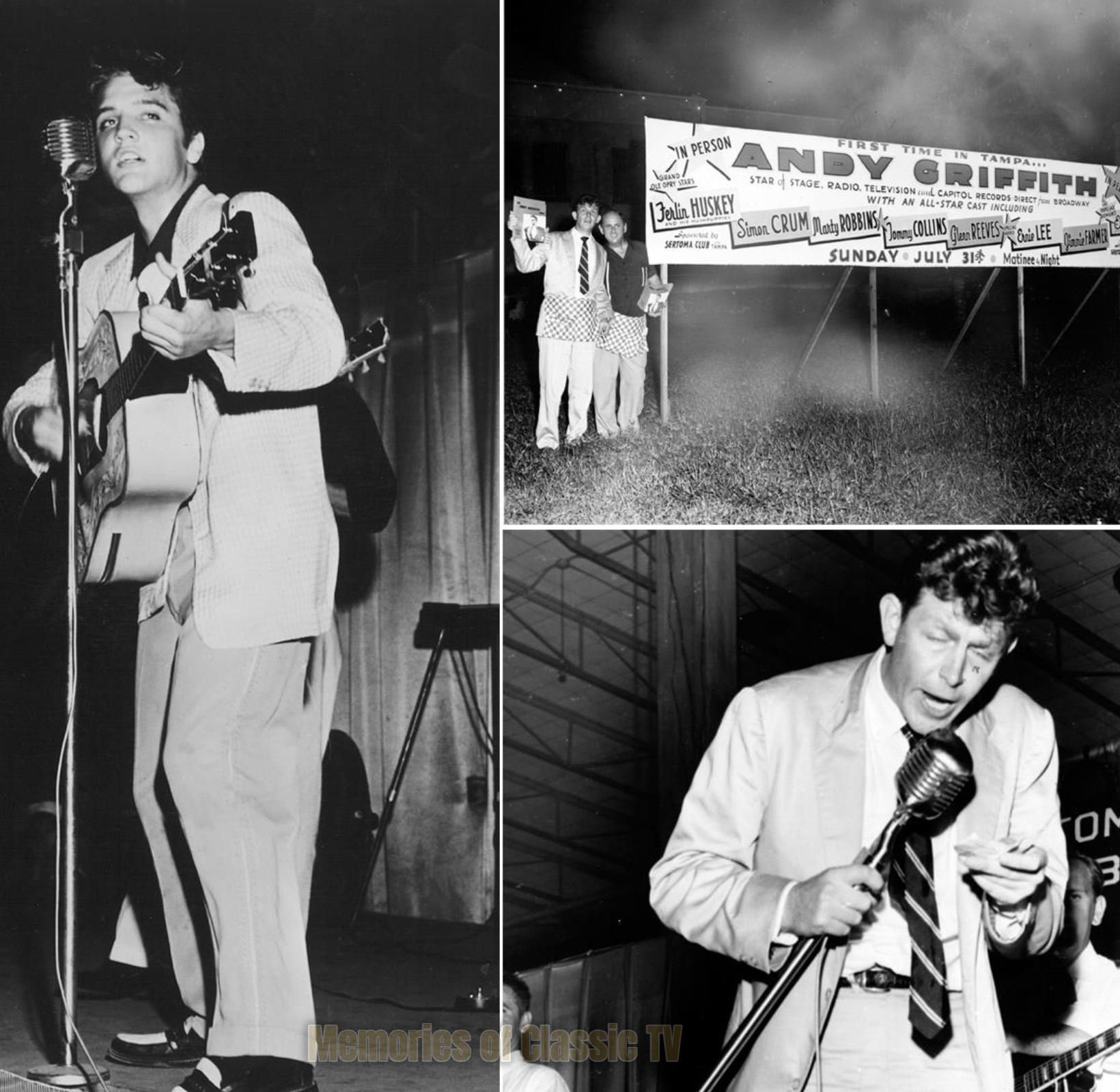
In 1955, Elvis began touring with a popular comic you may have heard of - Andy Griffith
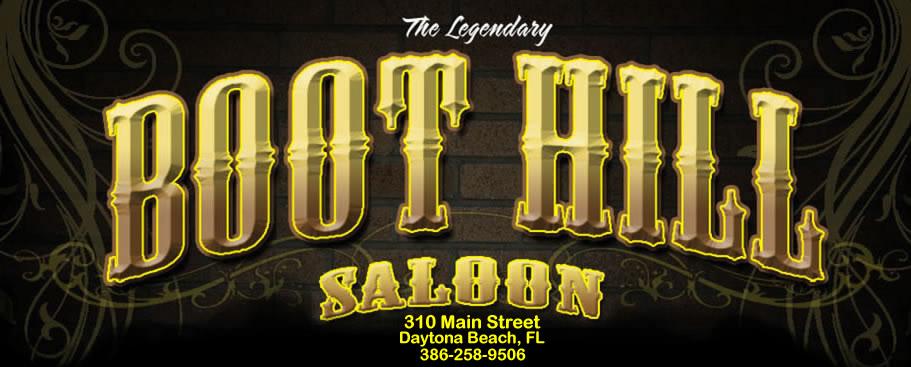









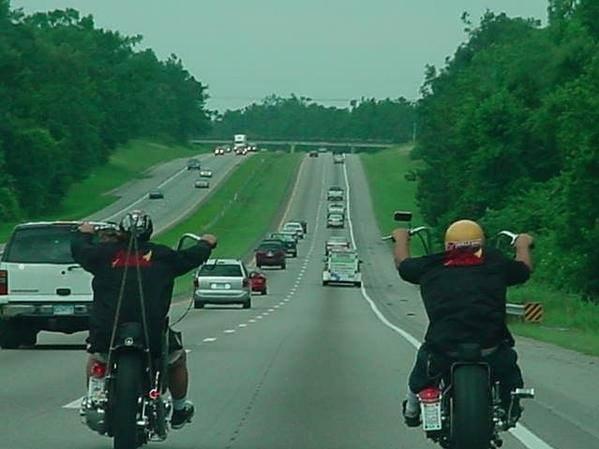
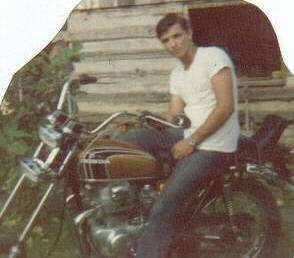
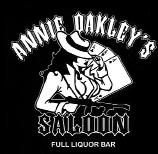








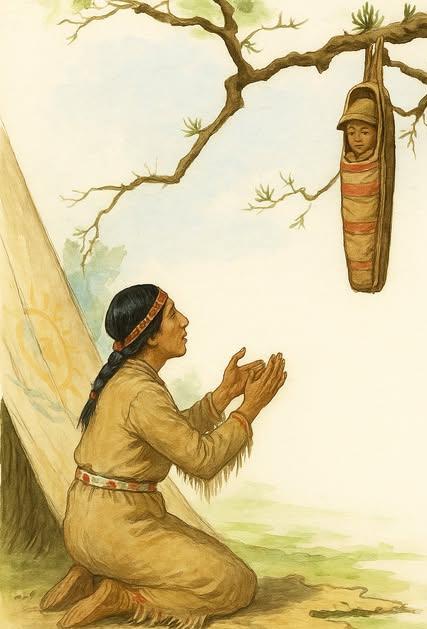
Many years ago, Effie Crockett, the older sister of Davy Crockett, visited the Muskogee Tribe to help some mothers. When she arrived at their camp, she was surprised and even laughed a little.
She saw something unusual — the tribe’s babies were not lying in cradles on the ground. Instead, they were gently tied and hung in small cradles from the branches of birch trees. Effie thought it was strange at first. But as she stayed longer, she began to understand.
The babies were high above the ground, safe from bugs, hot sun, and wild animals. As the wind blew, the trees rocked them gently — just like a mother’s arms. Each baby lay peacefully, watching birds, butterflies, and the dancing leaves. The fresh air touched their skin, and they smiled at the world around them.
Effie was deeply touched. One day, she saw a Muskogee mother looking at her child hanging in the cradle. The mother softly sang a song in her native language. As she sang, a tear fell from her eye.

Mystery Ride Sept. 27, 2025
Meet Here @ 10am KSU 11am
$5 Includes Meal & 50/50

Where The Locals & Bikers Hang Out
Open Daily 7am - 2am
“Get Rid Of Your Hangover Here”
$250 Domestic Long Necks * $350 Imports



Here is what the song meant:
> Rock-a-bye baby on the tree top,
When the wind blows the cradle will rock,
When the bough breaks the cradle will fall,
And down will come baby, cradle and all.
Effie wrote down the song and shared it with others. It became the lullaby we all know today — “Rock-a-Bye Baby.”
But most people never knew the deep meaning behind the song.
The Muskogee mother cried because she knew what the song truly meant. The “branch” holding her baby would one day break. Not from danger — but because her child would grow. He would outgrow the cradle, fall to the ground, and become strong enough to stand. One day, her baby would no longer need her protection. He would become a man.
The cradle falling was not the end. It was the beginning of his life’s journey.

Chops 50

Your Ad Here For $100 OrYour Ad Here For $200
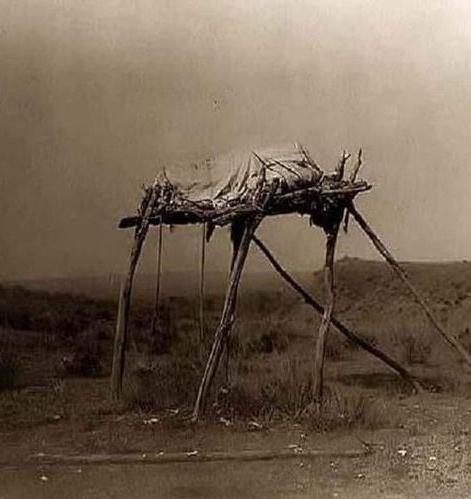
The Indian culture such as the great warrior, Crazy Horse, believed in lying their deceased on scaffolds, wrapping them in buffalo blankets. There to be exposed to the elements and delivered over a year or two back to nature. Then to come back as buffalo grass, and eaten by the buffalos, which would be eaten by the Sioux, thus completing the cycle. Versus the Anglo belief of burial in a metal casket preventing breakdowns over a longer time. I got this from Stephen Ambrose book of Custer and Crazy Horse. ~ Kenneth Opinion

Freedom Ride On Nov. 23!!! About a 300 Mile Ride, But With A Lot Of Stops Here & There!
Everyone Has Asked For So LET’S DO IT!!!


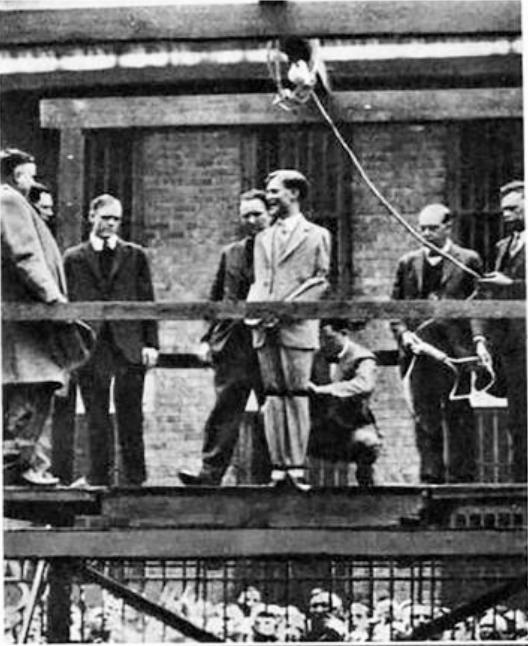
In the early morning of April 19, 1928, the air around Benton, Illinois, hung heavy—not with mist, but with morbid anticipation. Charles Birger, bootlegger, showman, and self-proclaimed “Gangster King” of Southern Illinois, was about to meet the gallows. But if anyone expected Birger to crumble under the weight of his crimes, they were sorely mistaken. True to his flair for drama, he greeted his final hour with an eerie calm, even flashing a smile as he exchanged words with prison officials. It was as though he were the host of his own grim farewell, playing the part of the charismatic outlaw to the very end.
Birger wasn’t just a petty criminal—he was a Prohibitionera warlord, locked in a brutal battle for control of the southern Illinois bootlegging empire. His rival, Joe Adams, the mayor of West City, stood in his way. In 1927, Adams was gunned down, allegedly on Birger’s orders. That murder would be Birger’s undoing. Despite his swagger and deep network of loyal men, the law finally caught up with him. His trial was a spectacle, his conviction swift, and his death sentence unavoidable. And yet, as the noose was adjusted, Birger joked with the guards, his grin unsettling in its ease.

With a noose around his neck, Charles Birger became the last man to be publicly hanged in Illinois. The execution drew a crowd, curious to witness the final act of a man who had turned violence into theater. Even in death, Birger remained defiant, refusing blindfolds and standing upright with the gallows’ shadow draped across him. The smile never quite left his face. And as the trapdoor dropped, the legend of the laughing gangster took root—an unsettling reminder that in the lawless pockets of American history, even killers could command a stage. From“History Haven”
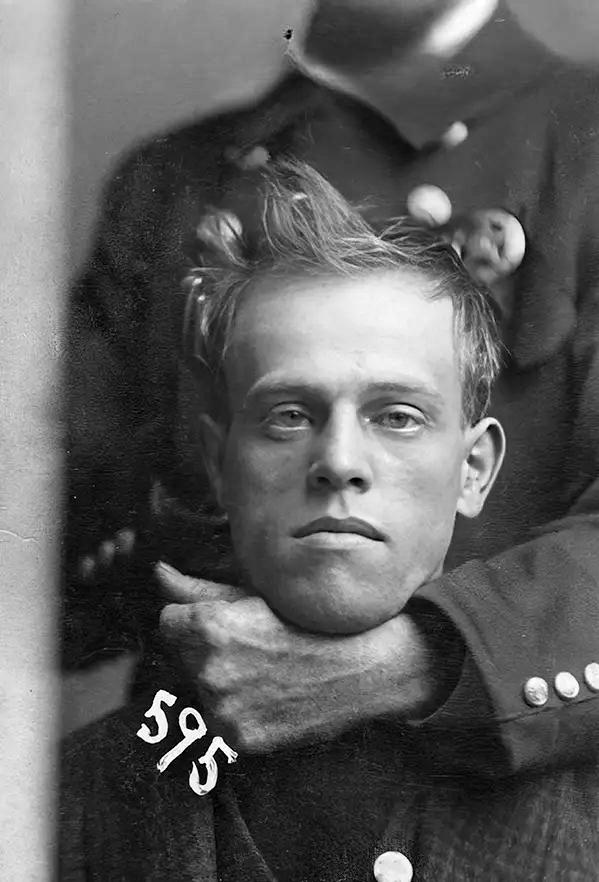
In November 1899, a moment both bizarre and telling was captured on film—one that blurred the line between law enforcement and intimidation. In a stark Omaha police station, Herbert Cockran, freshly arrested on burglary charges, was hauled before a camera to have his mugshot taken. But unlike the still, expressionless portraits that filled police records of the time, this image was different. Cockran isn’t standing alone. Instead, an unidentified member of the Omaha police force has him in a tight headlock, gripping him with the kind of casual dominance that says, *You’re not going anywhere.*
Why the restraint? Was Cockran resisting, mouthing off, or simply being made into an example? The photo offers no answers—only questions. But the message is unmistakable. This wasn’t just about documenting a suspect. It was about control. About power. In an age when mugshots were meant to dehumanize and criminalize in a single frame,
Chops 54

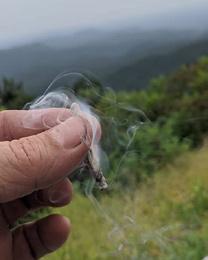
Transforming Stock Softtails Into Beautiful Ridable Choppers
“PLEASE CHECK US OUT ON INSTAGRAM”
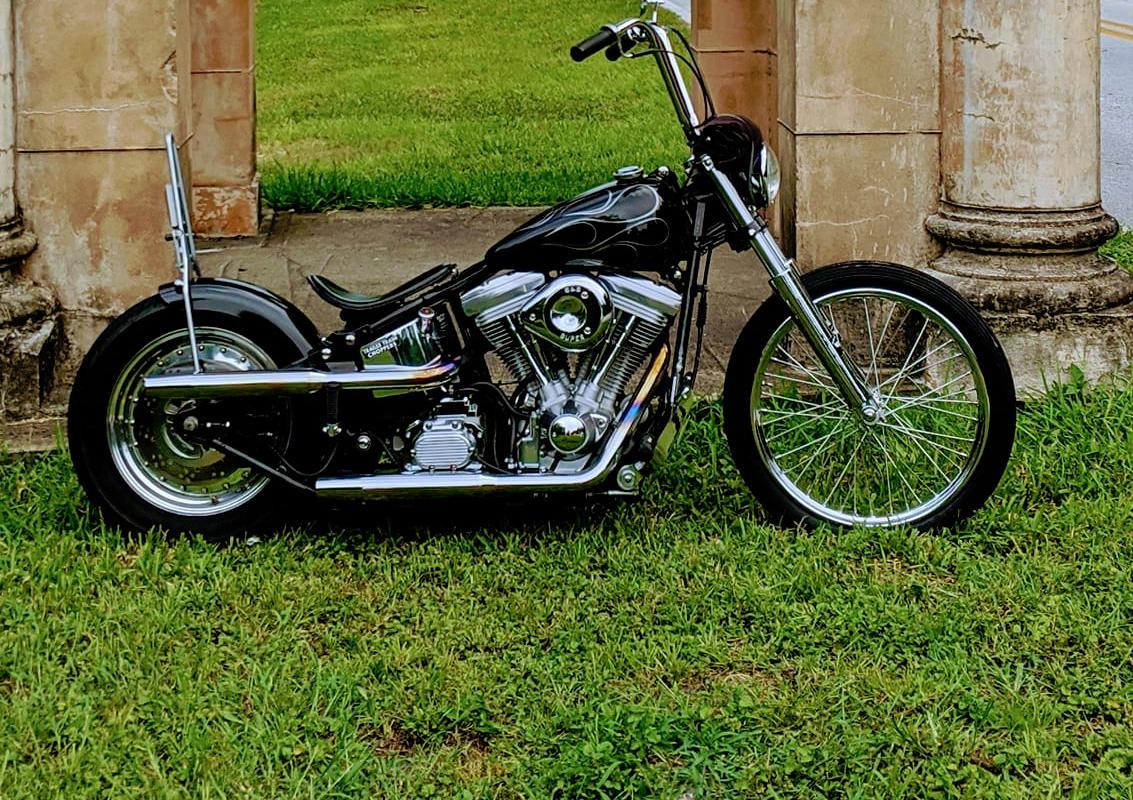
“One Man’s Trash Is Another Man’s Treasure” Call (904) 315-1434 Or (386) 481-8898 this one went a step further. It turned the photograph itself into a kind of public punishment—silent, physical, and inescapable.
Herbert Cockran fades from the record soon after. Whether he served time, walked free, or became one of many who vanished into the system, we may never know. But that image lingers—a strange, almost theatrical show of force frozen forever in black and white. A man accused, a cop unnamed, and a moment too raw to forget.
From“History Haven”



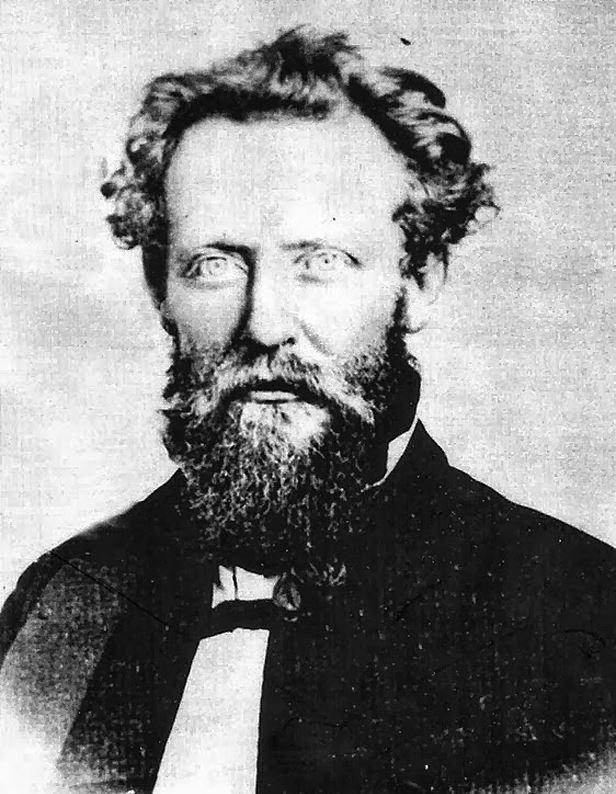
Charles Francis Bludworth’s name may not ring through the annals of Western legend like Billy the Kid or Wyatt Earp, but his life was steeped in the raw, violent, and lawless energy of early California. Born in March 1830 in the wilds of Natchitoches Parish, Louisiana, he came of age during a time when the American frontier was expanding rapidly westward— and chaos followed. By the early 1850s, Bludworth had found his way to California, a place overflowing with gold rush dreams and outlaws who saw the law as optional. It was in this cauldron of ambition and bloodshed that Bludworth stepped into history as a member of one of the most daring law enforcement outfits of the day: the California Rangers.
Recruited in 1853 by the formidable Captain Harry Love, the Rangers were charged with a deadly mission—track down and eliminate the notorious bandit Joaquin Murrieta and his gang, who had terrorized gold miners and settlers alike. Murrieta’s name was spoken with equal parts fear and fascination, and Bludworth was among those who rode into dangerous territory to end the legend. The confrontation ended in a storm of gunfire, with the Rangers claiming victory and presenting the severed head of Murrieta as proof. Whether or not it was truly Murrieta remains
Chops 56
debated to this day, but for Bludworth, it was a defining moment—proof that lawmen, too, could become legends in a land of outlaws.
Not long after, Bludworth continued his career in justice as the first elected Sheriff of Merced County, California, serving from 1855 to 1857. In those early days, being a sheriff meant more than just wearing a badge—it meant facing the wilderness with a pistol on your hip and no backup but your own instincts. He kept order where there was none and helped shape Merced into something more than just another lawless gold rush settlement. Yet his time was short. Charles Francis Bludworth died on December 7, 1869, at just 39 years old. Though his story is rarely told, his legacy lingers in the early bones of California’s justice system—a quiet reminder that some of the most important figures in Western history were the ones who walked into danger before the legends were even written.





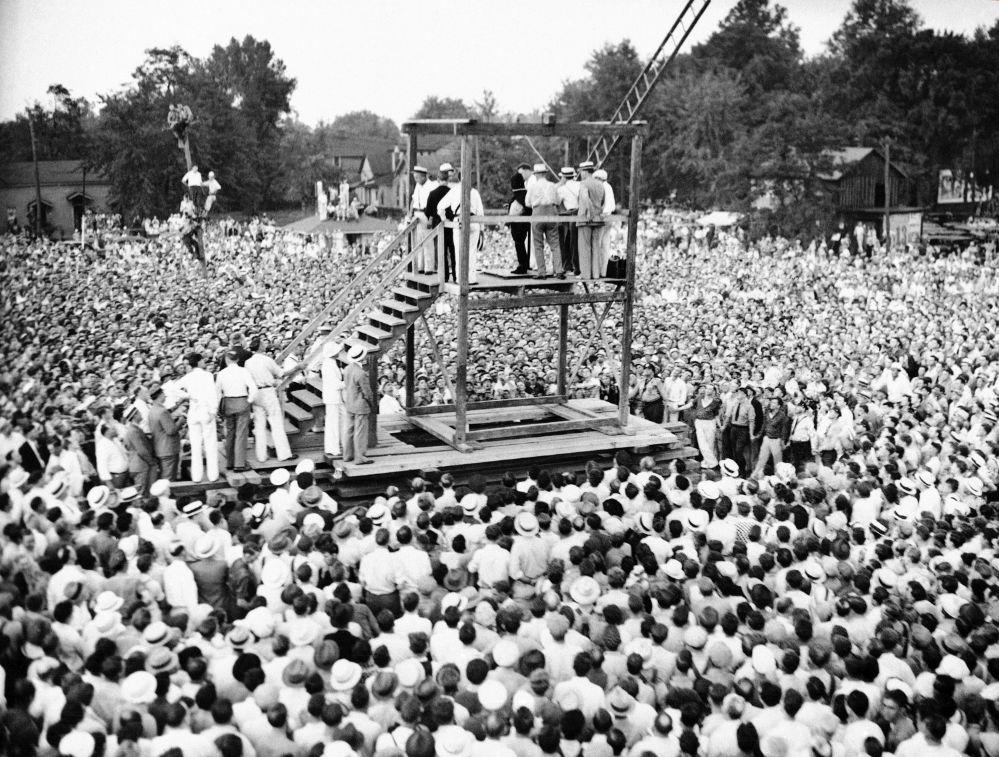
In the early morning haze of August 14, 1936, a crowd estimated at over 20,000 gathered in Owensboro, Kentucky, not for a parade or a speech—but to watch a man die. His name was Rainey Bethea, a 26-year-old African-American laborer who had confessed to the rape and murder of 70year-old Lischia Edwards, a white woman whose brutal killing shocked the quiet town to its core. The crime was horrific, and the confession swift, but what followed was something far more unsettling—a public spectacle that would mark the last time in American history that an execution was carried out before the eyes of a crowd.
Bethea’s trial moved quickly. With tensions high and emotions raw, he was convicted solely for the crime of rape—a deliberate legal move, since under Kentucky law at the time, rape carried a mandatory sentence of public hanging, and murder did not. His race, the victim’s race, and the nature of the crime ignited a frenzy. The event drew

national media attention, partly due to the gruesome novelty, and partly because the sheriff overseeing the execution was a woman—Sheriff Florence Thompson—although the actual act of pulling the lever was delegated to a male executioner. That morning, vendors sold snacks, children sat on shoulders, and photographers jockeyed for position as if attending a carnival.
When the trapdoor dropped and Rainey Bethea fell to his death, the crowd gasped, snapped photos, and then drifted away. There were no protests, no last-minute stays—just a grim silence hanging over a town that had just made history. In the aftermath, public outcry over the execution’s circus-like atmosphere led to swift changes in law, and Kentucky quietly ended public executions soon after. Though many have forgotten his name, Rainey Bethea’s death marked a dark turning point. His story forces us to ask uncomfortable questions about justice, race, and the spectacle of punishment—and whether the crowd came to witness justice, or simply to watch a man hang. From “History Haven”
This is the city I started the church Set Free KY in and rasied my children. Thankfully, things had changed!!!



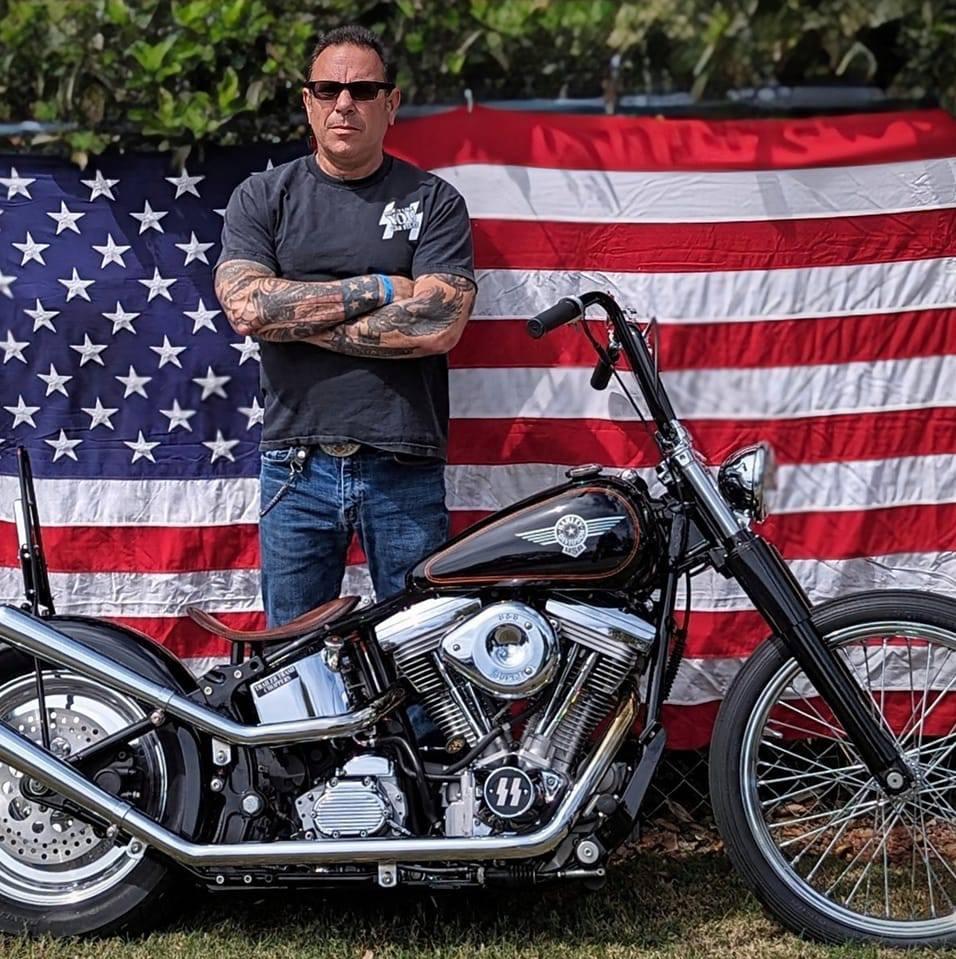



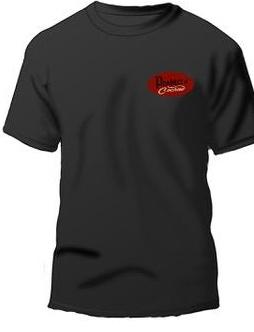
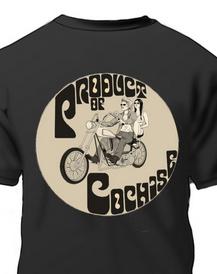

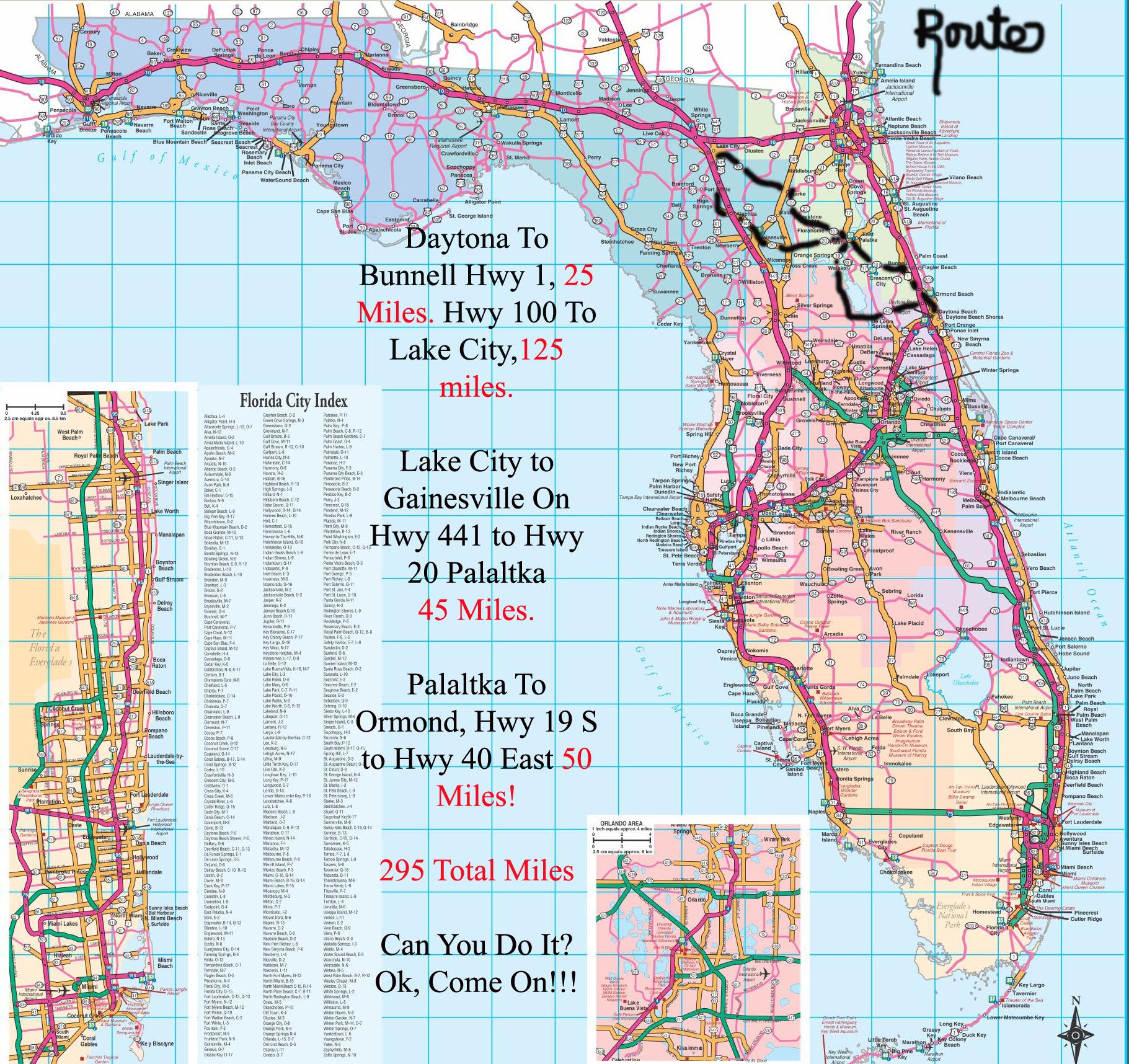

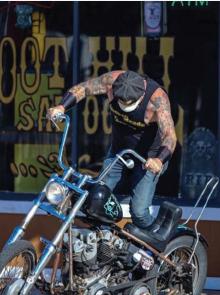






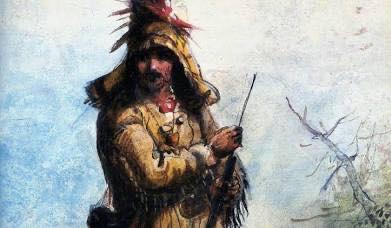
The legendary mountain man who hid in a beaver dam was John Colter, an American frontiersman and member of the Lewis and Clark expedition. This event was the climax of his famous story known as “Colter’s Run”.
The ambush In 1809, while trapping beaver in present-day Montana with his partner John Potts, Colter was captured by a band of Blackfeet Indians. After killing Potts, the Indians stripped Colter naked and gave him a head start to run for his life while they pursued him for sport.
The run Despite the rocky terrain and prickly pear cactus tearing at his bare feet, Colter managed to outpace most of the warriors. When the lead pursuer closed in, Colter surprised him by suddenly stopping. The warrior stumbled, broke his spear, and Colter used the broken end to kill him before continuing his flight.
The hiding place Colter reached the Madison River and dove in, swimming to a pile of driftwood or, according to some accounts, a beaver lodge. He hid there with only his head above water while the Blackfeet searched the riverbanks for hours.
The aftermath After the Blackfeet gave up the search, Colter emerged under the cover of night. He walked for seven days, naked and surviving on edible roots, until he reached the safety of a trading fort hundreds of miles away.
Becoming a legend After his recovery and more years in the wilderness, Colter eventually retired from the mountains and settled on a farm in Missouri. His story was recounted by a British naturalist in 1817 and quickly cemented his status as a legendary figure of the American frontier. ~ Jeff Schreckler

Julie Beat Her Cancer, With Loving Support From God, Friends & Family, Especially Her Man, Animal!!!
Also, Hard Butt Bogus Jack Wearing Pink For Her!!!

To “ALL” You Ladies That Have Bravely Fought This Disease & Still Fighting It, Hang Tough & Know Your Loved & Prayed For Cochise
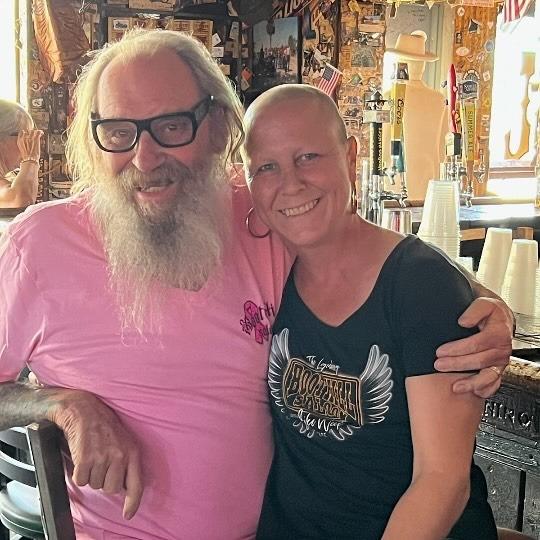
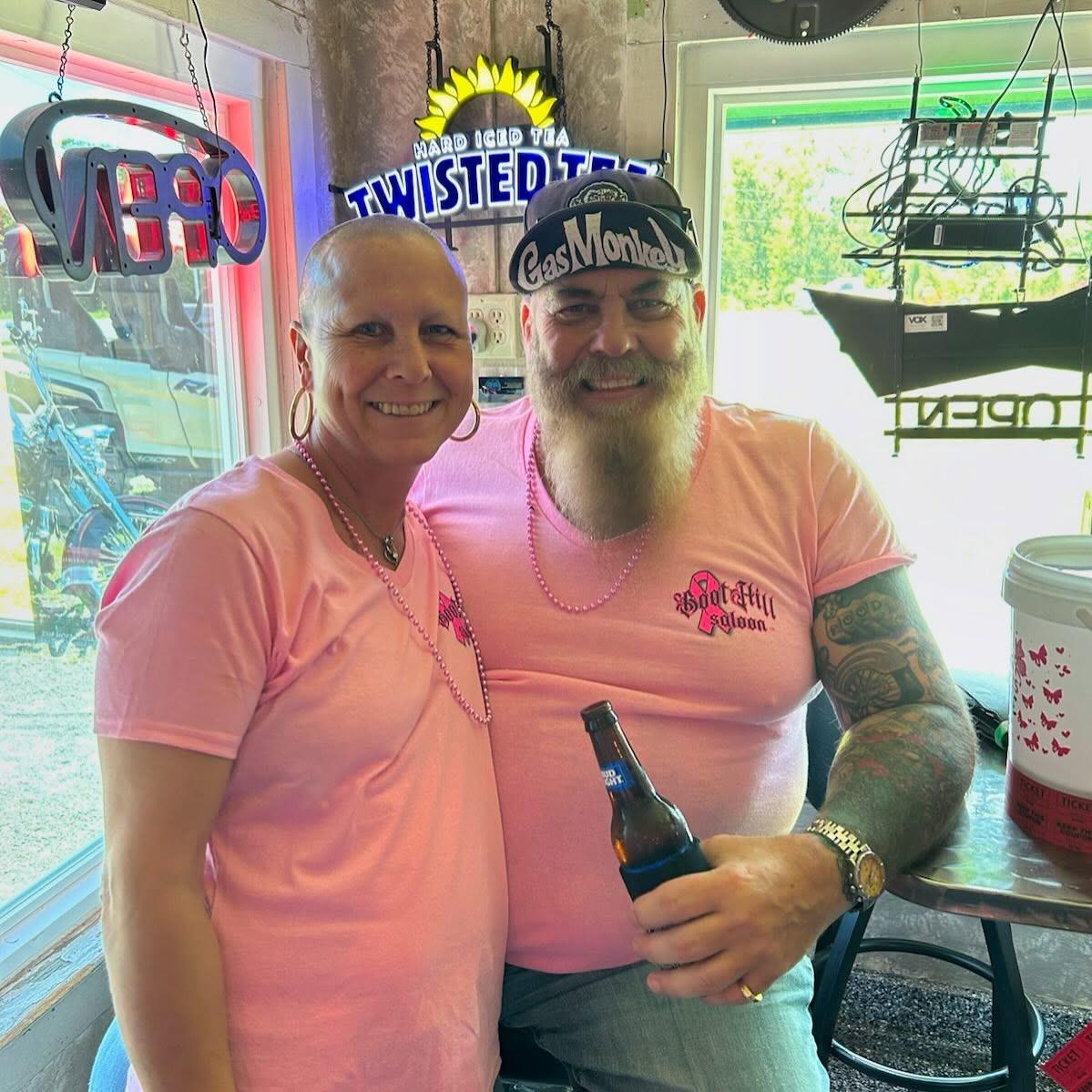

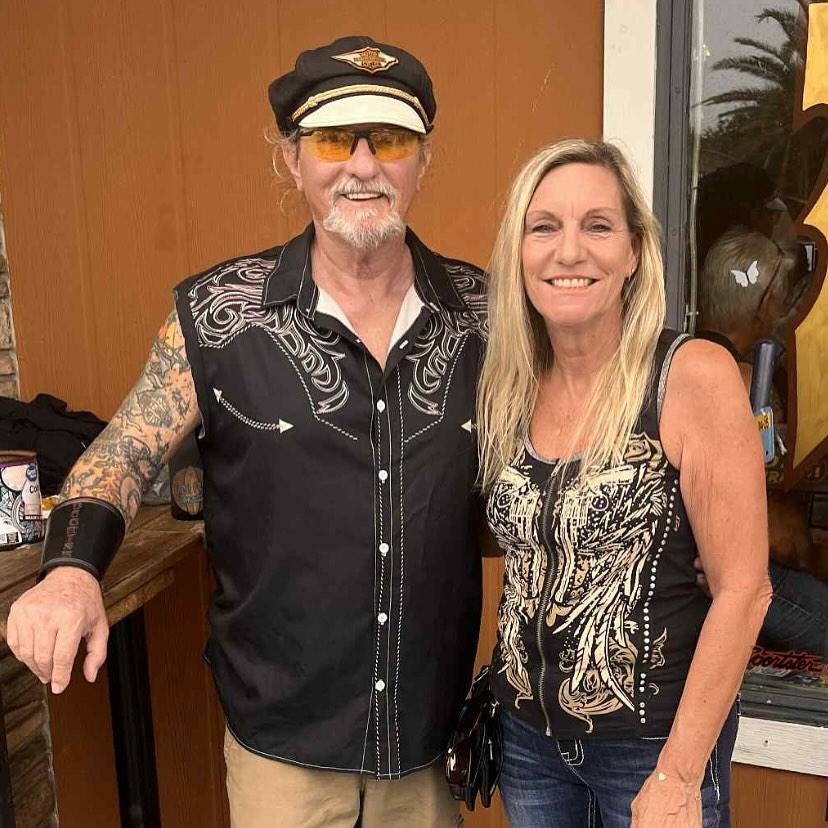




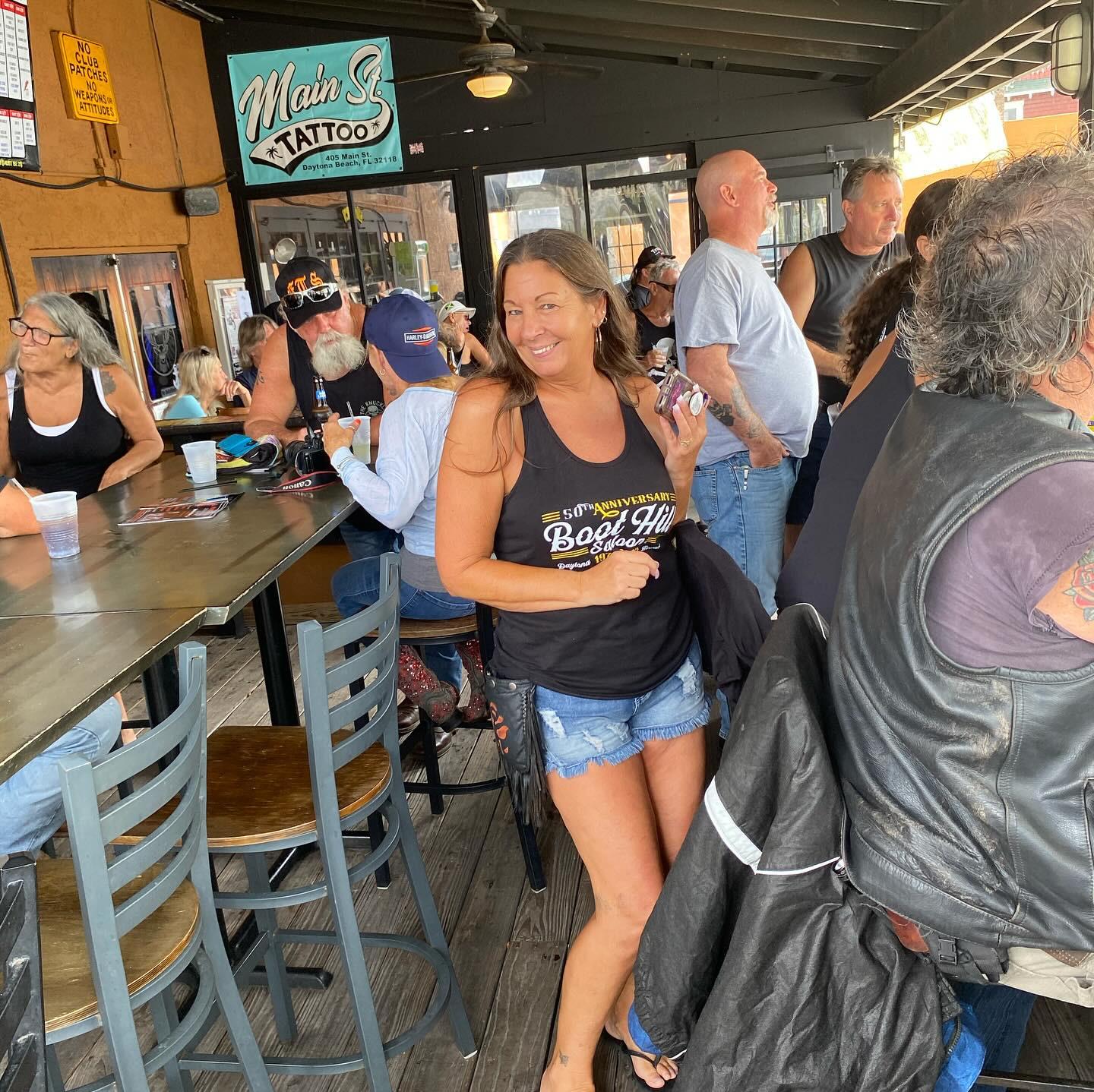





It rained, though not hard, on The Blue Plate Special ride in bike gathering of old iron and a few aluminum ones at The Boot on Main St., but we still had 30 bikes and about 125 people present.
I know we measure success by the numbers, but when it’s a smaller group I get to talk to everyone, and I did, especially those who show up for all my little get togethers.
Al & Karin cooked up some burgers & dogs with a side order of potato salad for $5, that included 2 cheese burgers or 2 hot dogs, a great deal. The employees did their thing and got all the free beer hooked up and Marcus did the pouring. He too had a great time as he got to meet and greet a lot of brothers, friends and family.
It was just a good day. For once I felt pretty good , minimum back pain, mostly because I got to sit down more. You that showed up, a super huge thanks. To those who missed it, I missed it you, but we got another BPS in the works for a Saturday in Feb., and of course next Labor Day!
Big Love Always, Cochise, Bianca & the FTW Crew



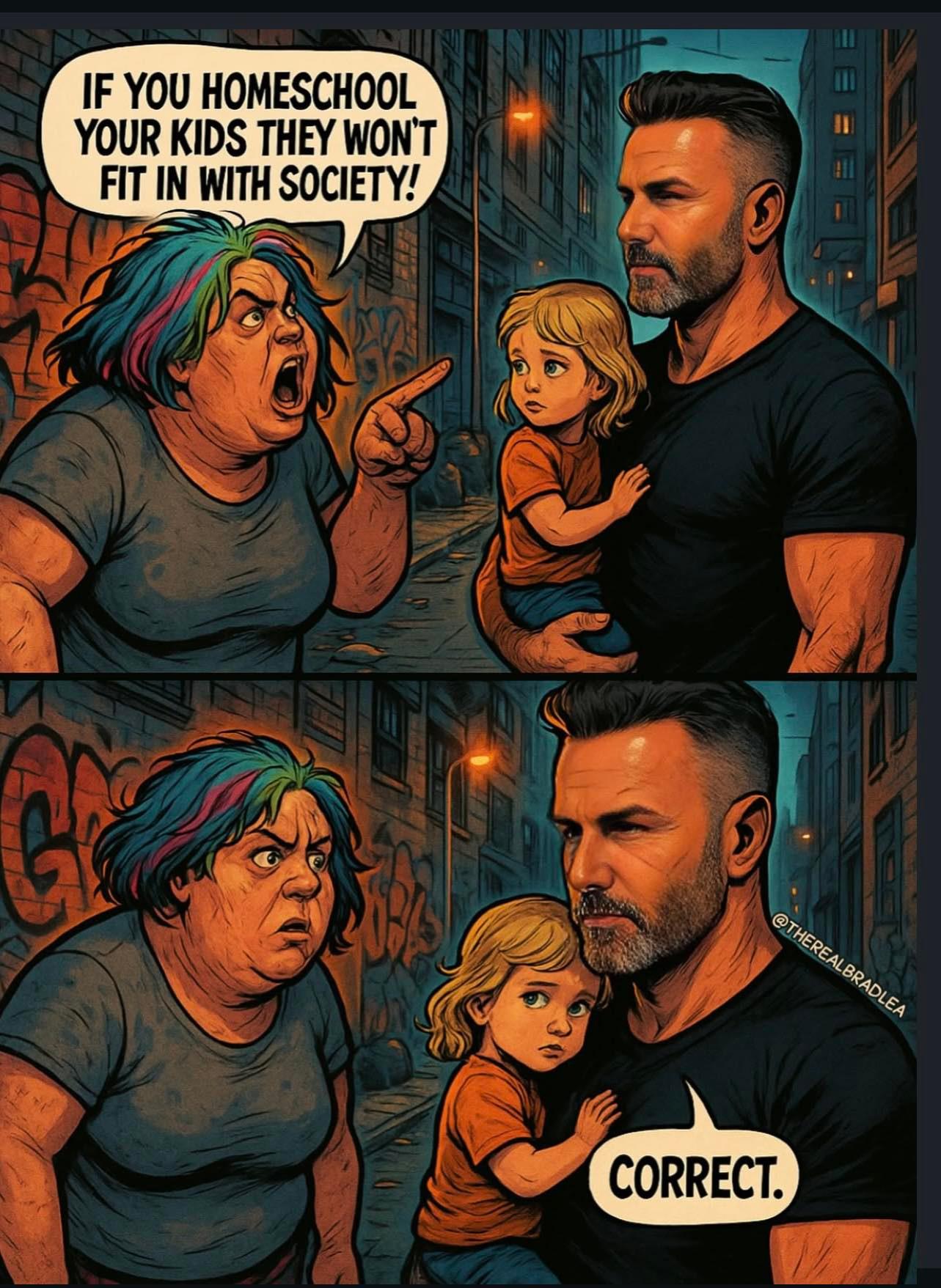

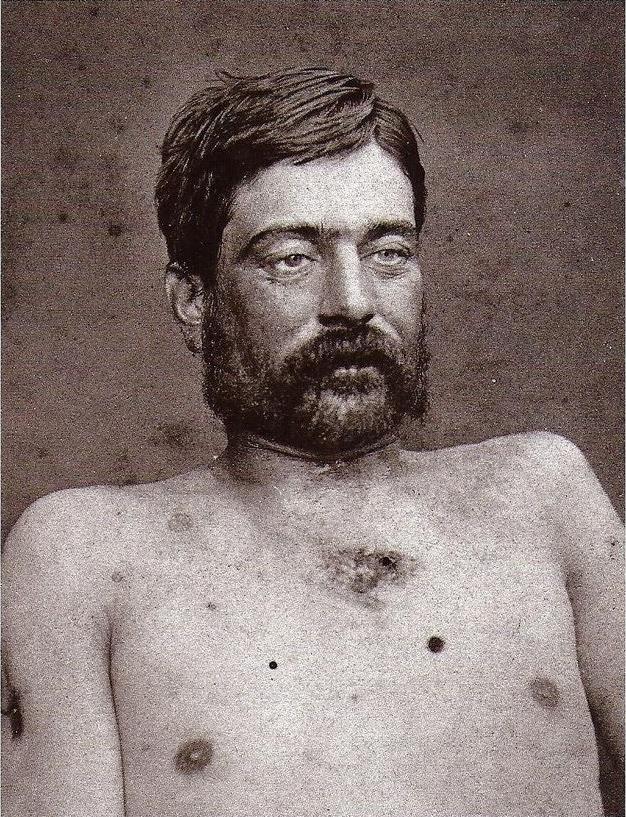
1876 brought the JamesYounger gang to ruin in the fields of Minnesota, where desperation and gunfire collided beneath the September sky. Charlie Pitts, outlaw and gambler of chance, met his final hour at Hanska Slough, cut down in the smoke of a posse’s rifles. The Northfield raid had promised riches, but it delivered only blood and the long reach of frontier justice. His body, once swift in the saddle, was left still in the wet grass where flight ended and death claimed its prize.
The photograph that followed did not seek to flatter. John Tackett’s lens caught Pitts as the frontier remembered him—not in motion, not in defiance, but in silence. The post-mortem portrait fixed his face among the countless others who tested the limits of law and lost. Where once there had been fire and bravado, now only the chill of mortality remained, his features set in the stark truth that every outlaw must reckon with.
Such images endure because they whisper of the chase, of the thunder of hooves through slough and field, of the moment when the hunted turn to fight and the hunters do not

yield. Pitts’ photograph is not merely of a man—it is the relic of a pursuit that sealed the fate of a gang, a reminder that the frontier did not forgive miscalculation. In that still frame rests both an ending and a lesson: that the West carried no sentiment, only the finality of lead and the unblinking eye of the camera.
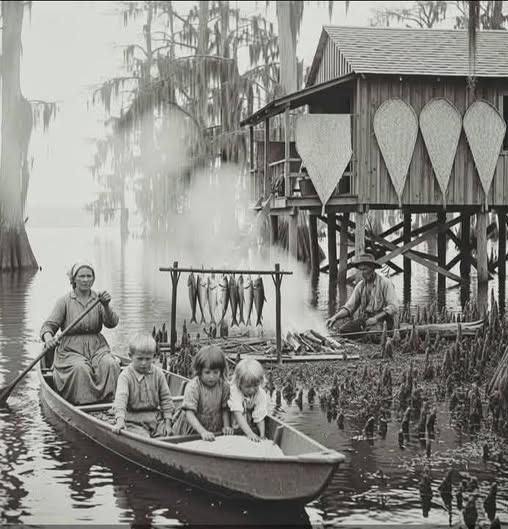
In a swampy backwater of Louisiana during the 1927 Great Mississippi Flood, 27-year-old Marie LeBlanc led her Cajun family through one of the worst natural disasters. With floodwaters submerging their crops, they fished catfish and crawfish from swollen bayous, smoked meat over cypress fires, and wove palmetto fronds into mats for sale. Children paddled pirogues to gather wild rice, while Marie brewed herbal remedies from bay leaves to treat fevers. Displaced but undeterred, they rebuilt on higher ground, turning adversity into a thriving wetland homestead. Marie reflected: “The water took our land, but we took back our lives.”
Chops 72

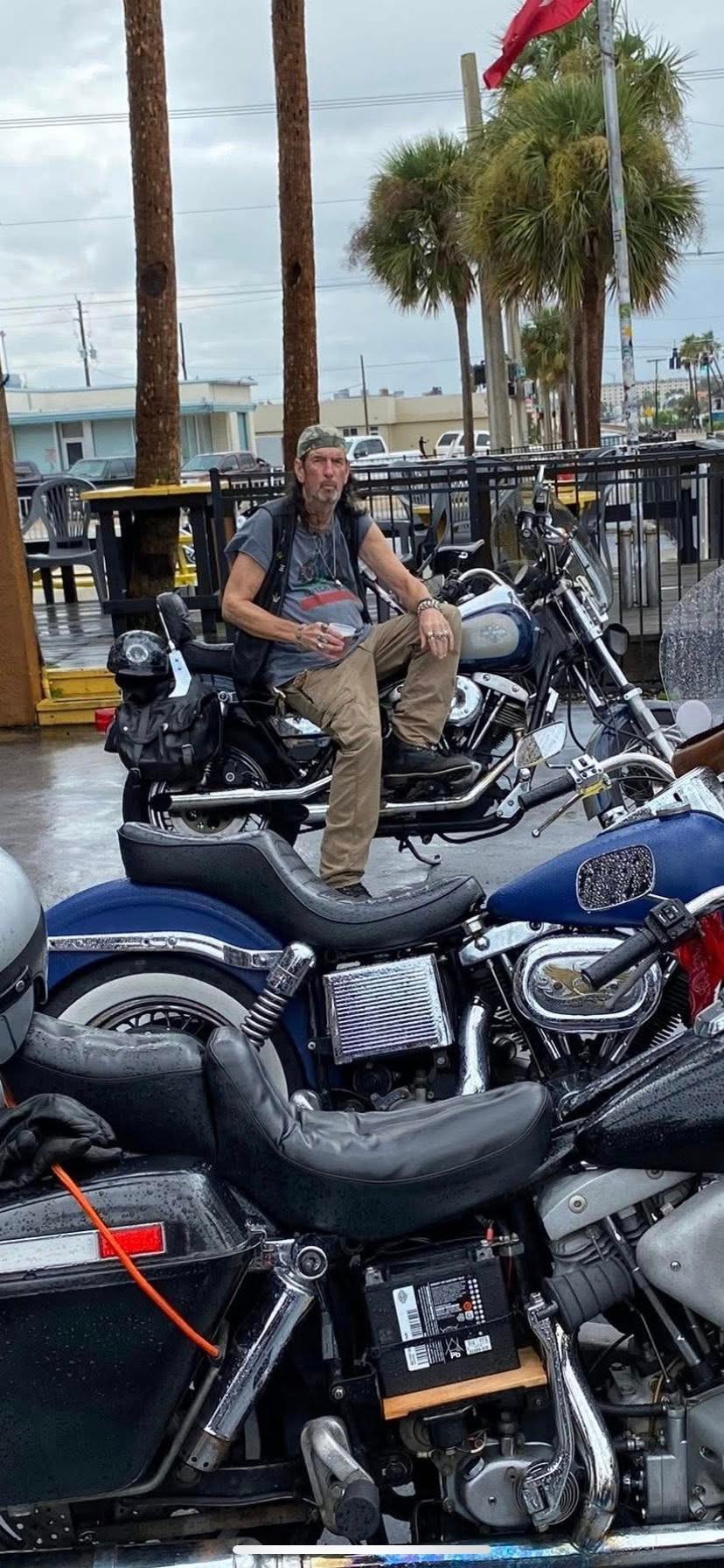







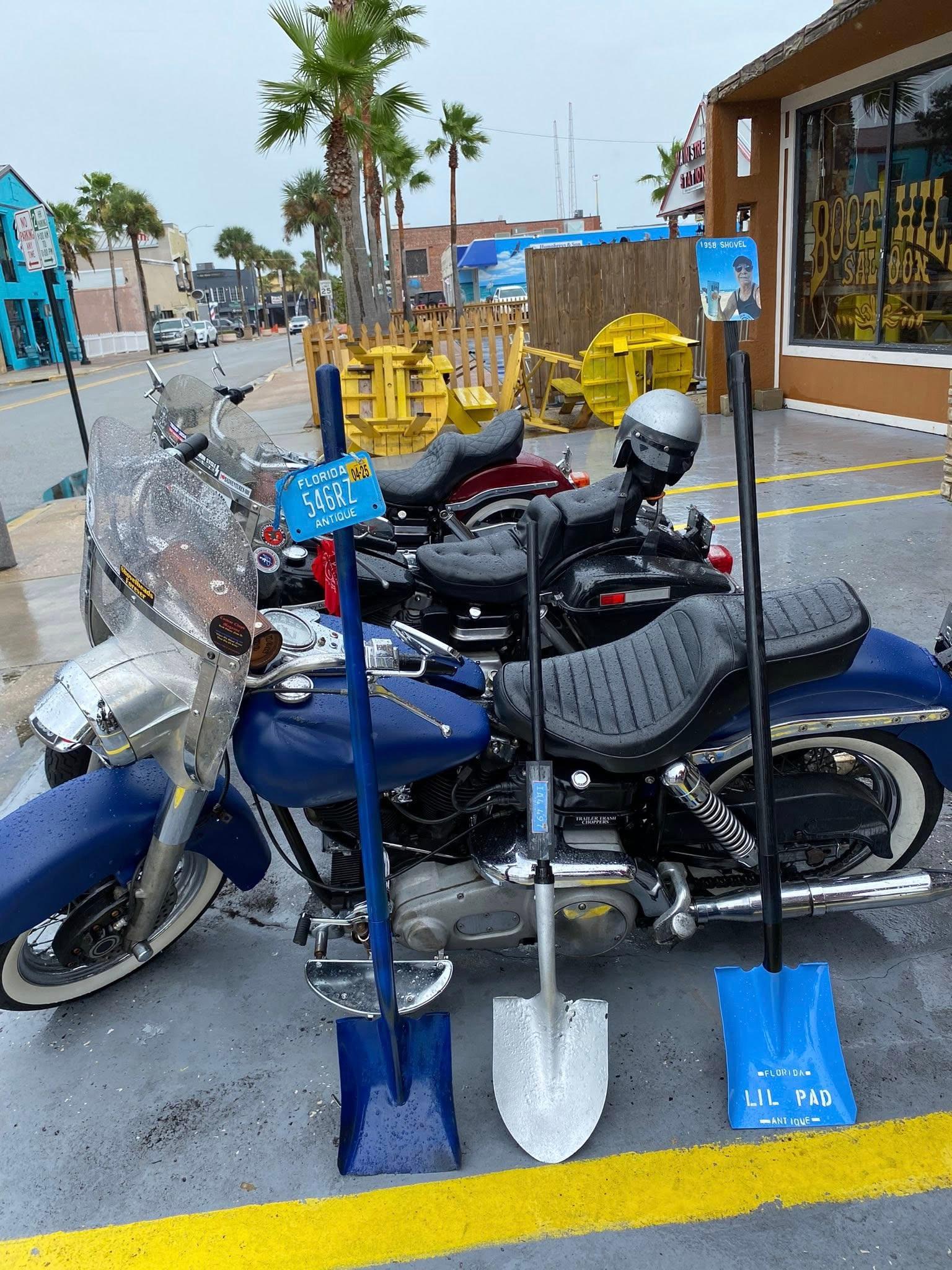


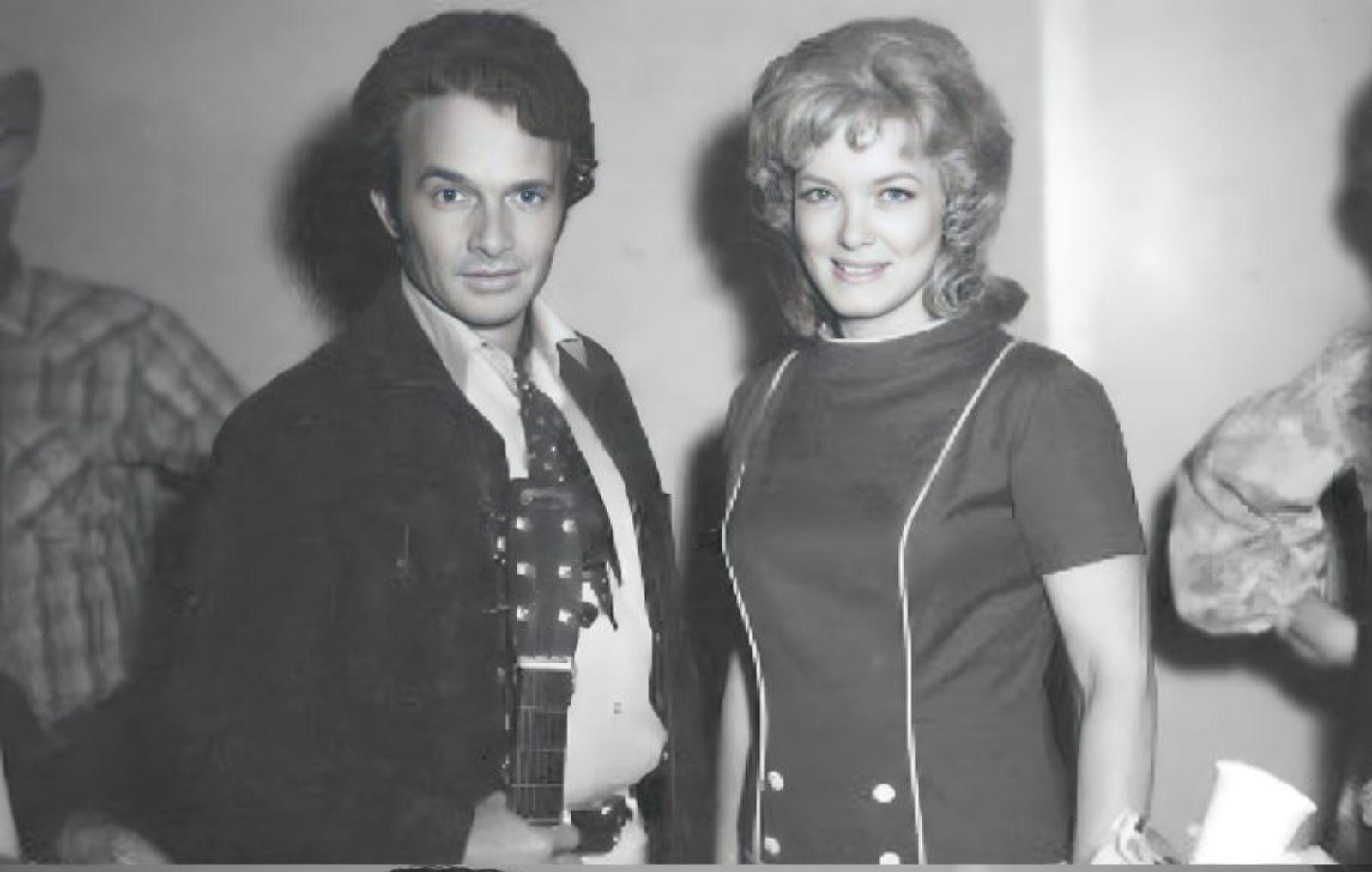
One night, worn down by rejection and the weight of his past, Merle Haggard told Bonnie he was finished with music. The dream felt too heavy, the road too long. But Bonnie refused to let him give in. She reminded him that his songs carried truth no one else could sing, and that the world needed to hear them.
Not long after, they stood together on stage again — Merle’s voice raw with struggle, Bonnie’s harmony steady as ever. Audiences began to lean in, hearing not just talent, but survival stitched into every lyric. For fans, Merle became a legend of resilience. But behind the legend was Bonnie Owens — the woman who, in one decisive moment, refused to let him quit.
That night proved what their music always showed: sometimes belief is the difference between silence and a song that lasts forever.

Let’s see what kind of fun, excitement, and/or experiences today has to offer us. Of course, every day can certainly present one, two, or even all three! Depends on your perspective on the events. Sometimes they can be positive and other times they could prove to be negative. Again, perspective. What some people consider negative, I try to consider learning opportunities. Or, another way Not to do something. Just be careful what you wish for because you just might get it. Anyway, onward and upward. Heading down towards Port Canaveral to check out a place called Jetty Park. Never been there before but have heard good things about it so, why not? Have to sneak through the Merritt Island Wildlife Refuge, not to save time, it’s just a nicer ride. Left off of US1 just before you fall out of the bottom of Oak Hill. You’ll see the sign on your left. Nice little sidetrack of two lanes that trickle through a dozen miles or so of nothingness.
Keep you peepers pealed, you’re almost certain to see some of the locals. We’ve seen deer, raccoons, armadillos, bobcats, hogs, and even a bear. Good thing is there’s rarely any traffic flowing in either direction. No ‘cagers’ to worry about. We ran this all the way to the end. Well, not really the end, end, but if you go straight through after the stop sign, you’ll be entering the Cape Canaveral Space Force Station and their security frowns on that. So, for safety’s sake, take a right after the stop sign and chase this two lane trail all the way back to US1. Another trickle of nothingness. Left back onto US1, South. Now we are just going to flow South to Hwy. four 0 five, then East onto the road of the same number. If you love water, and we do, four o five slices right through the intracoastal waterway seemingly forever. Four lanes of light traffic and a Great View!
Chops 76

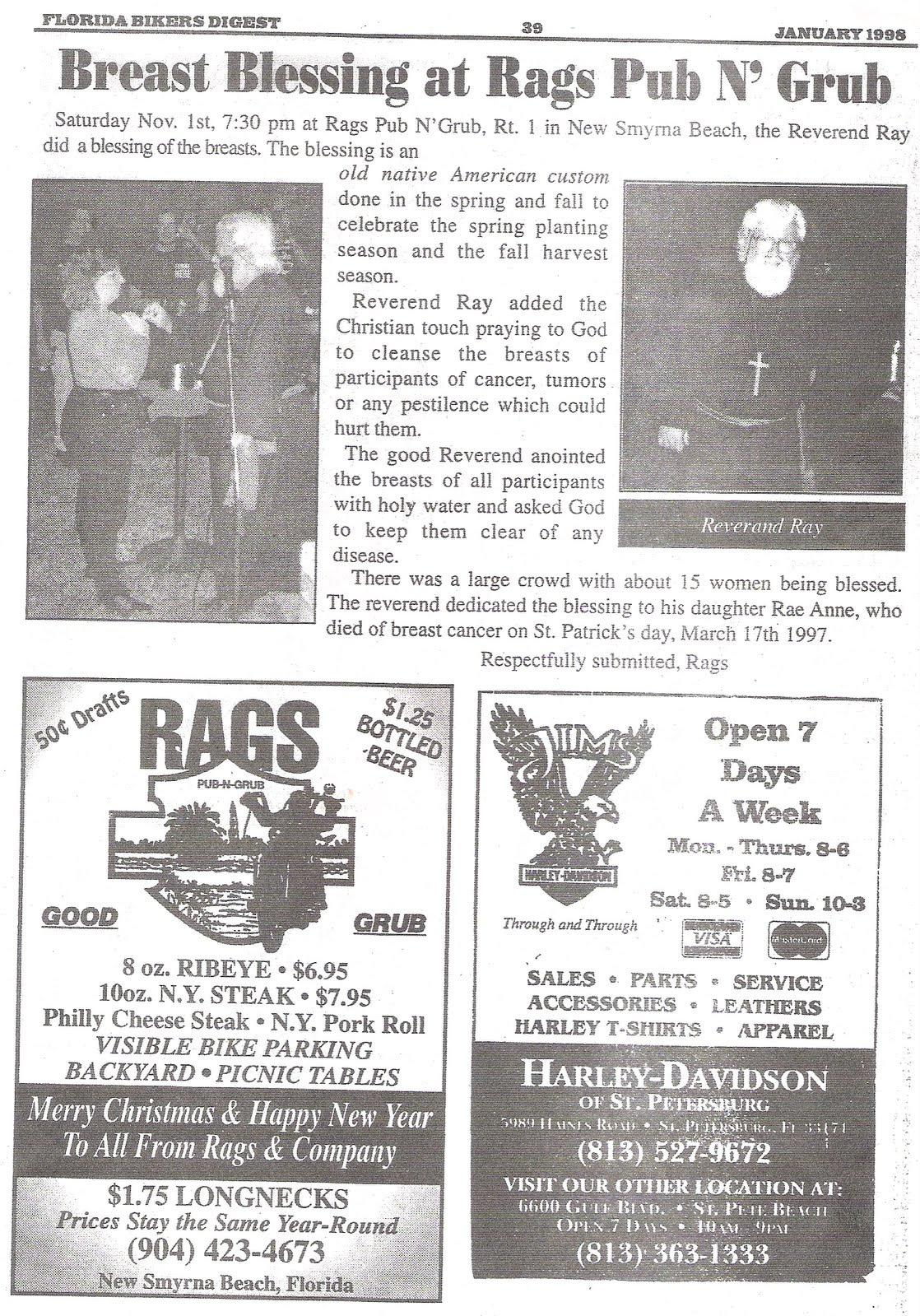

First traffic light, hang a right. You’re instantly transformed from the beautiful sight of blue/green saltwater into the dark murky freshwater canals on both sides. Peepers still open!? You may very well catch a glimps of a Florida dinosaur, aka, an alligator. Rolled down to the end of this path that drops you right smack dab at the South end of the Cape Canaveral Space Force Station. Don’t turn left!! Remember the frowning security guards? They’re at both ends, twenty four seven, three sixty five. Our blinker says to go right onto Hwy. three. Rode this rail all the way to Hwy. five twenty eight, then left. Another pretty nice cruise. Four lanes divided with nothing on either side but more water. If you love water, and we do, (think I already mentioned that, sorry). Just about the time the cruise ships see your eyes, you going to exit Hwy. three onto George J. King Blvd to your right. Left at the traffic light and when you can’t go straight anymore, your bow will be staring at the gate into Jetty Park.
Wow! Big place! Campground, fishing pier, picnic areas, and it’s right on the beach! Spent some time where the ocean meets the sand, roamed the fishing pier to catch a glance at a rocket launch, grabbed some grub, a cocktail or two, and just hung out and enjoyed the views. And there were plenty of them! Just saw a view within a view. While just staring at water, waves, sunshine, and a porpoise, a cruise ship eclipsed that view with it’s own gigantic view as it limped by on it’s way out to sea.
Magnificent! Man oh man, how do those sea monsters even float as big as they are? Wrapped up the day with a couple of hours of just relaxing and chattering. A yawn or two and it’s time to turn in. Oh, almost forgot! We’re in the motorhome, not on the bike! Woops! My Bad!
Gregg Riggle
Chops 78

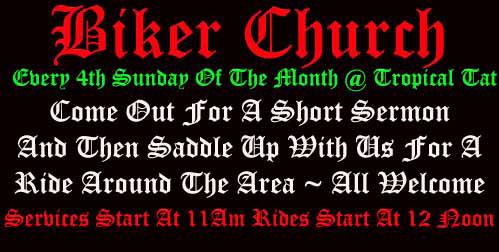

Oct 26th * Nov 23rd

